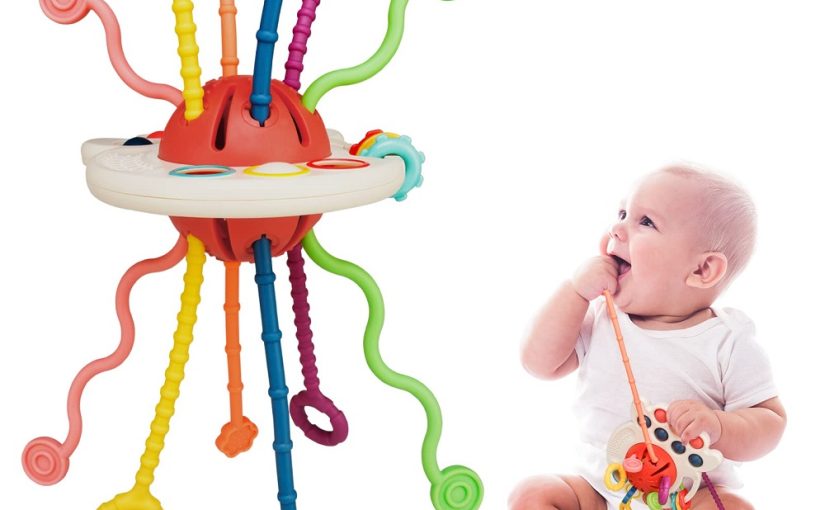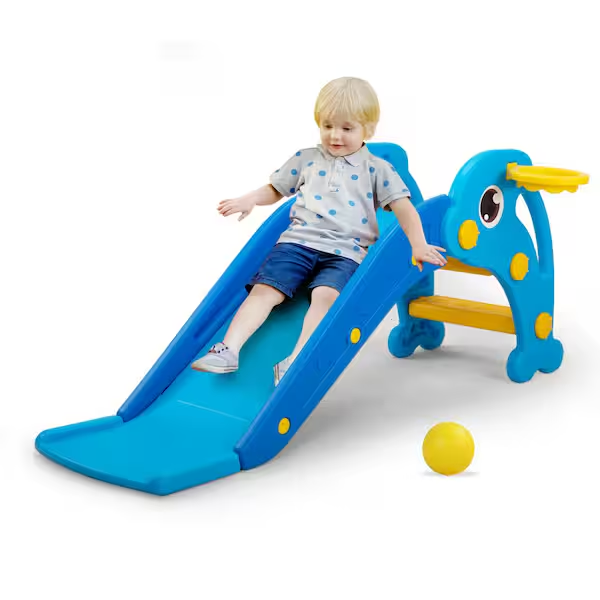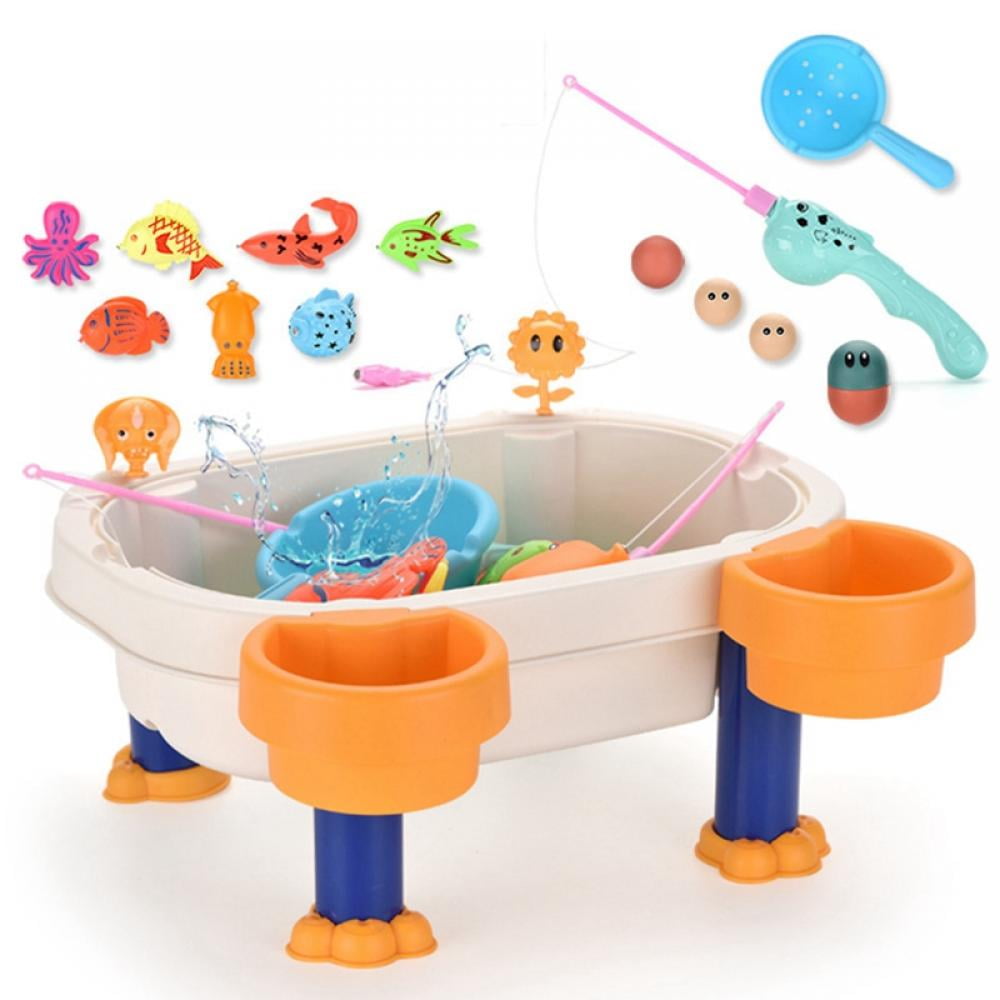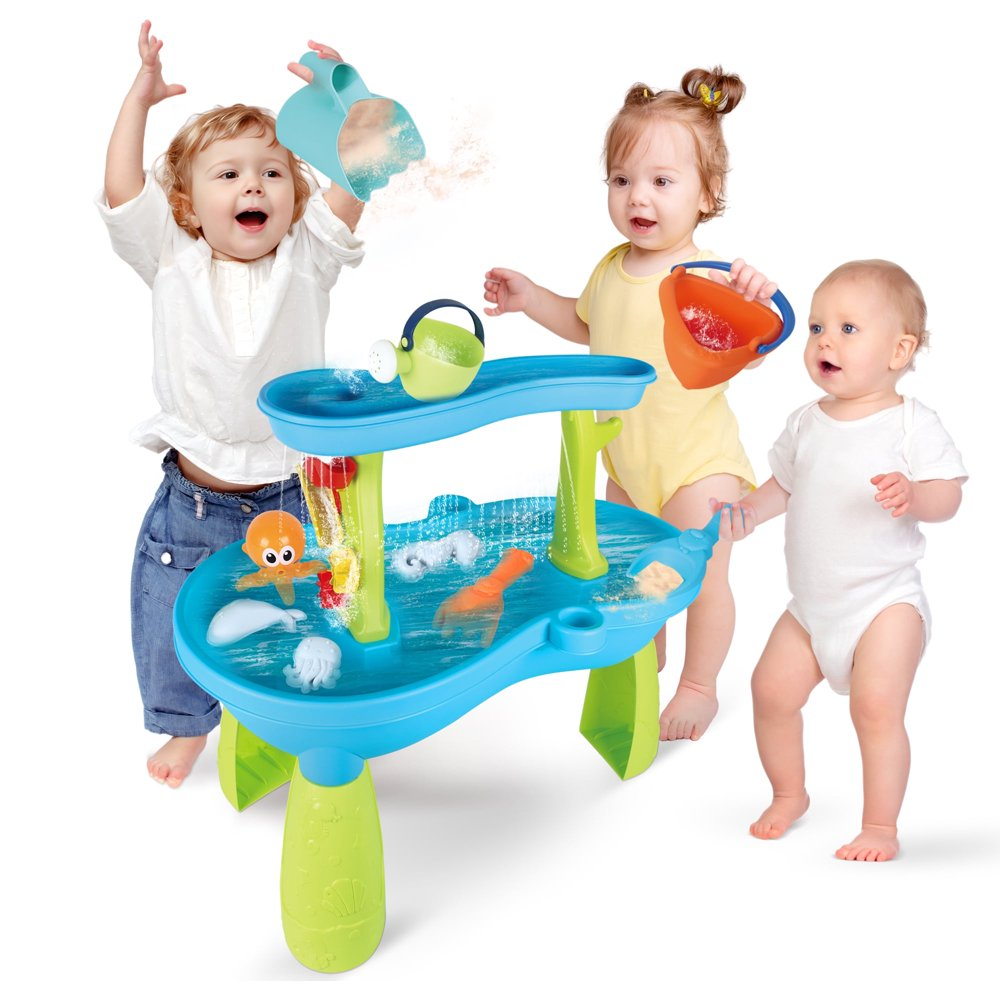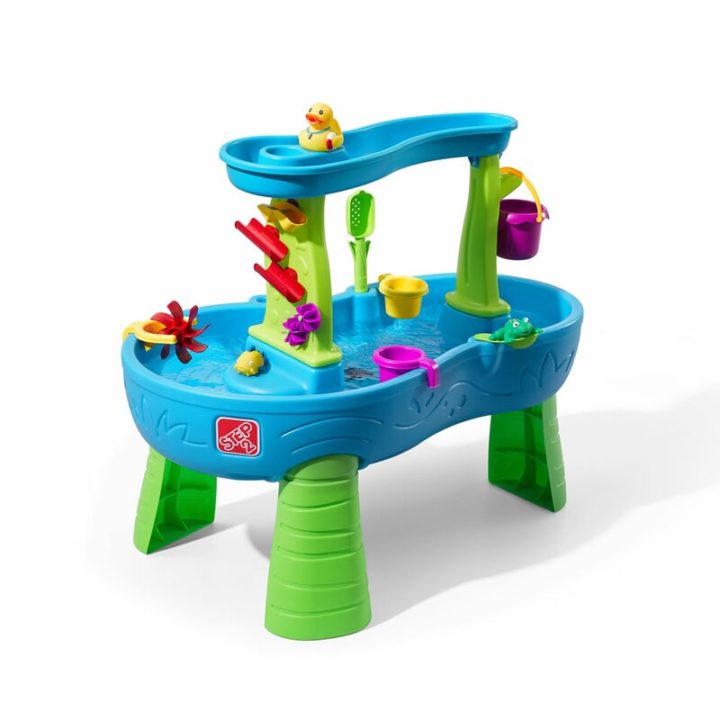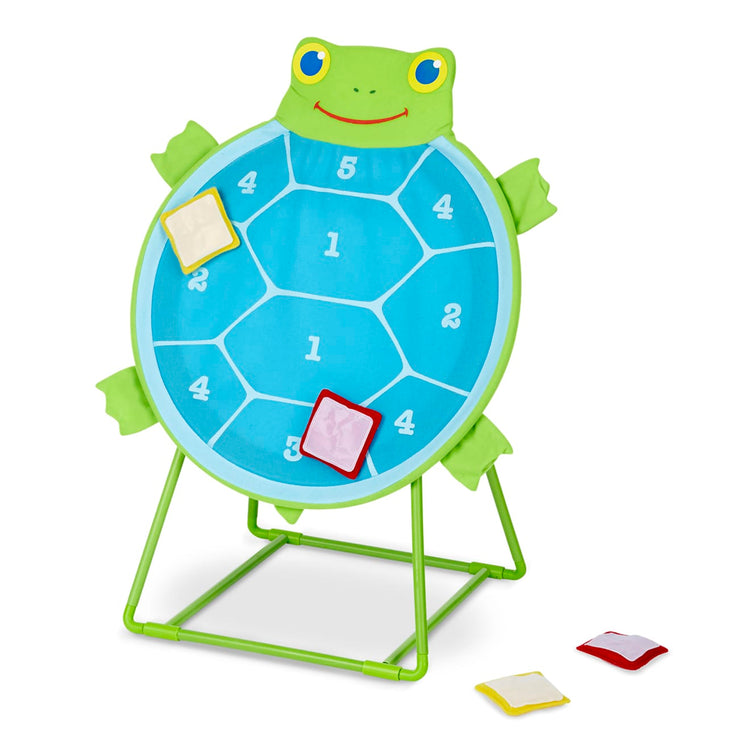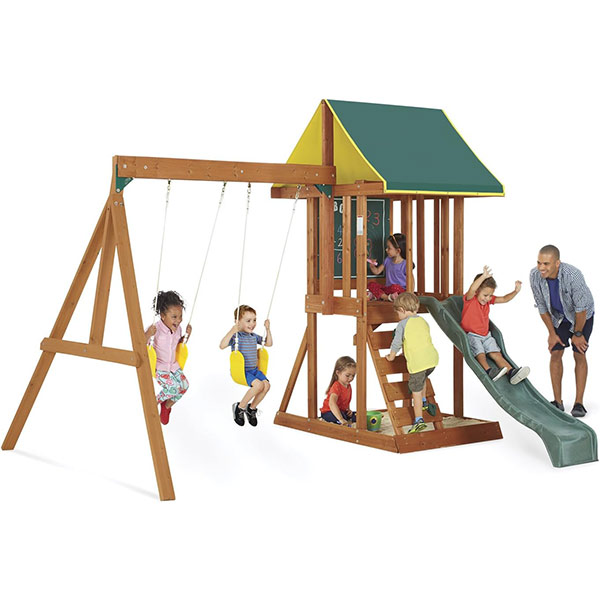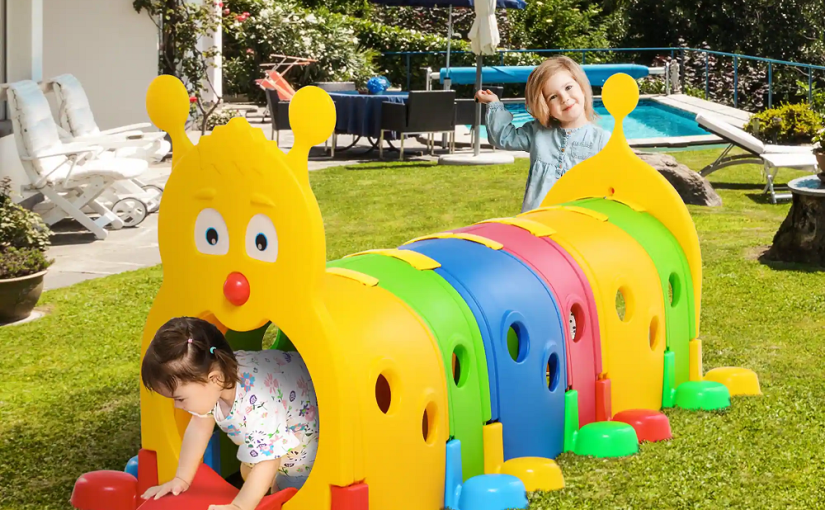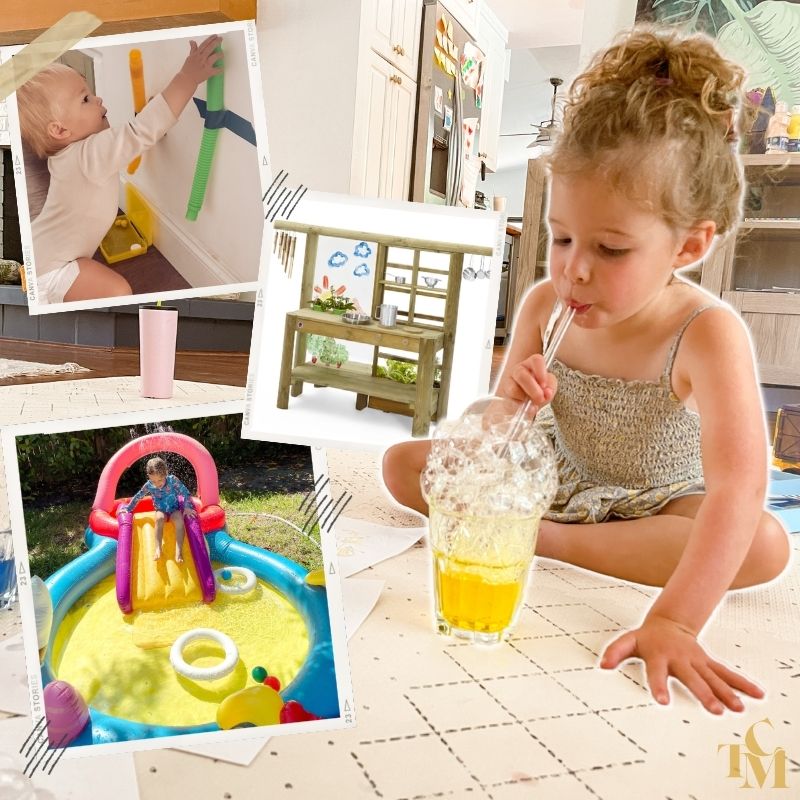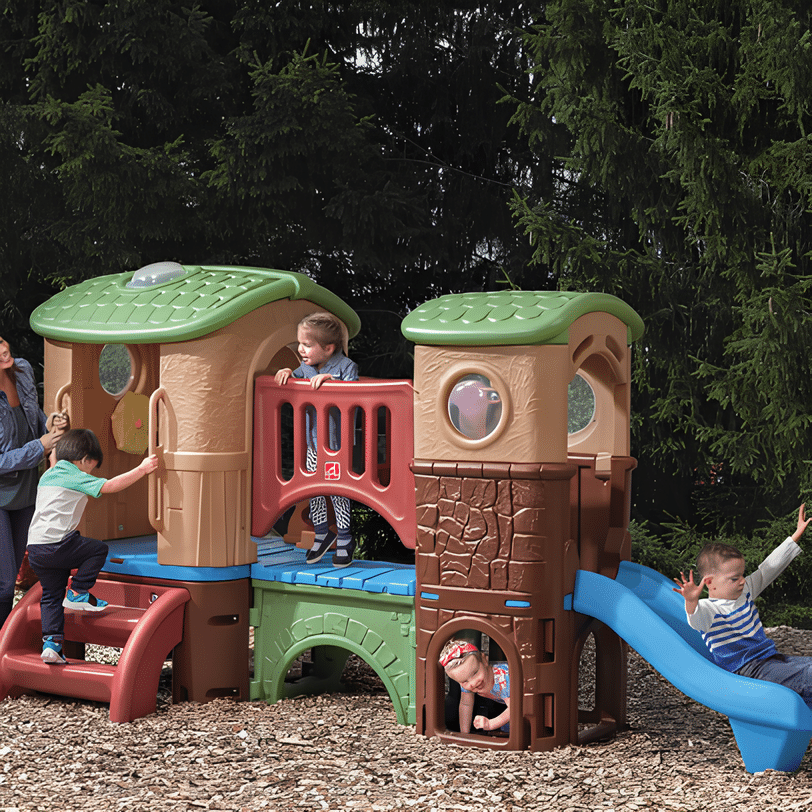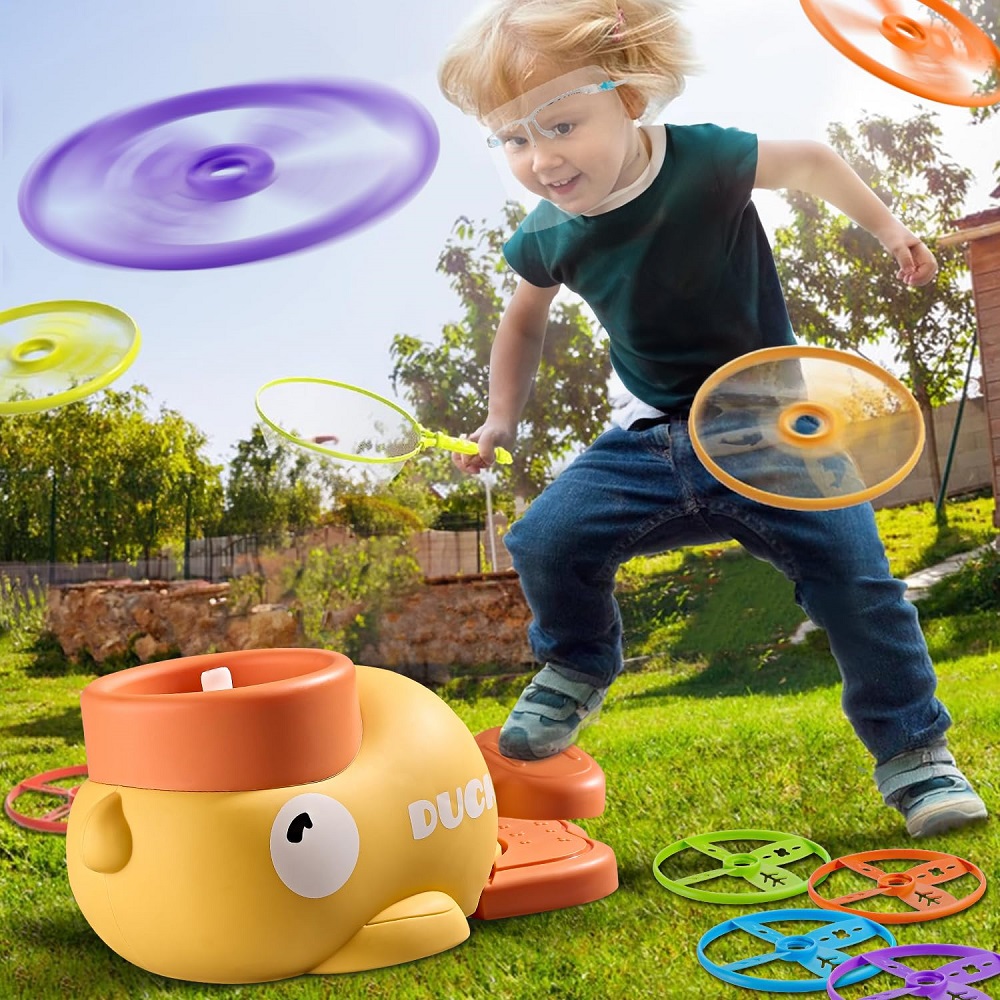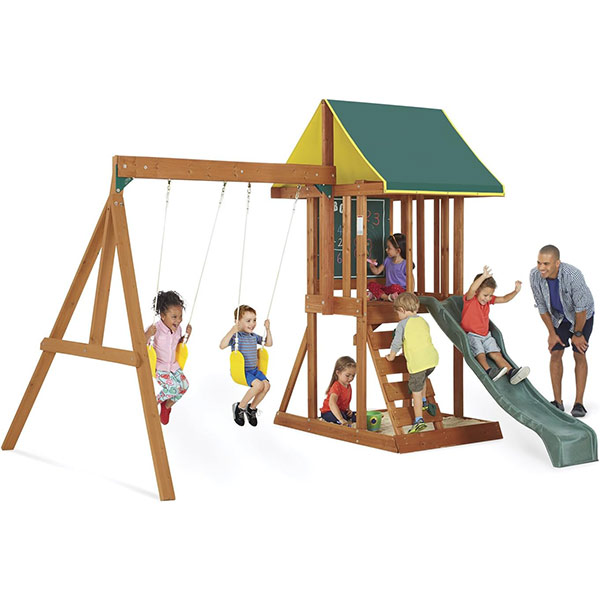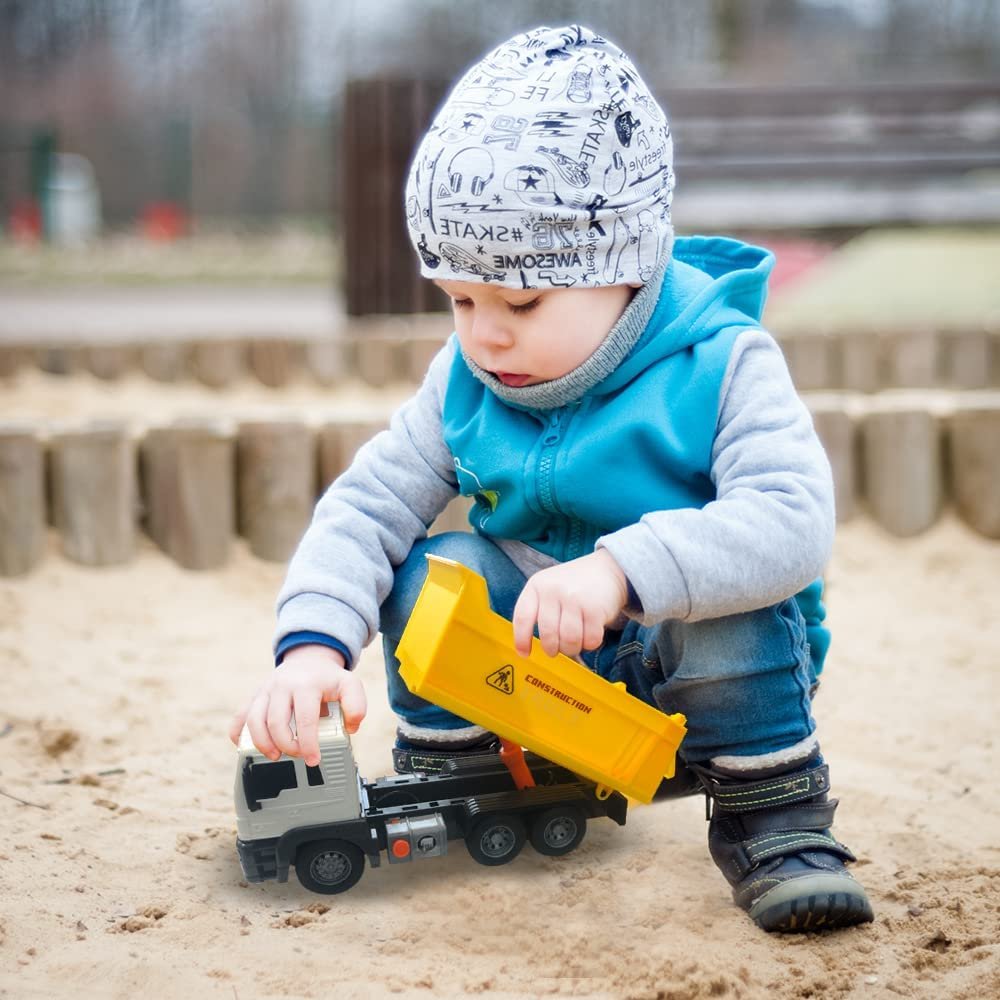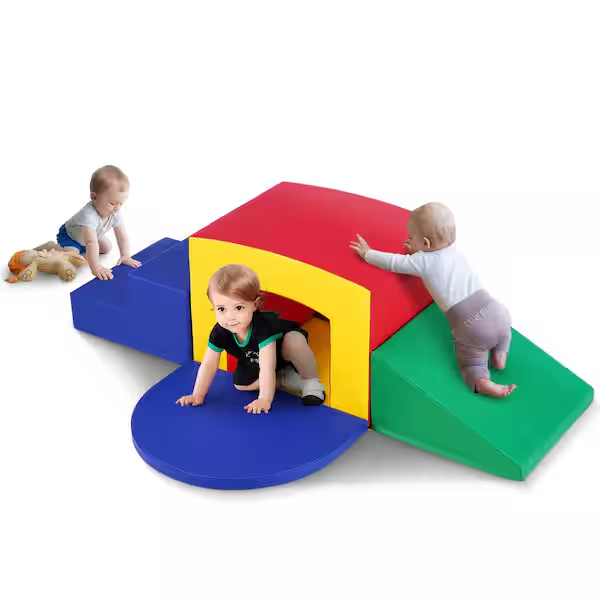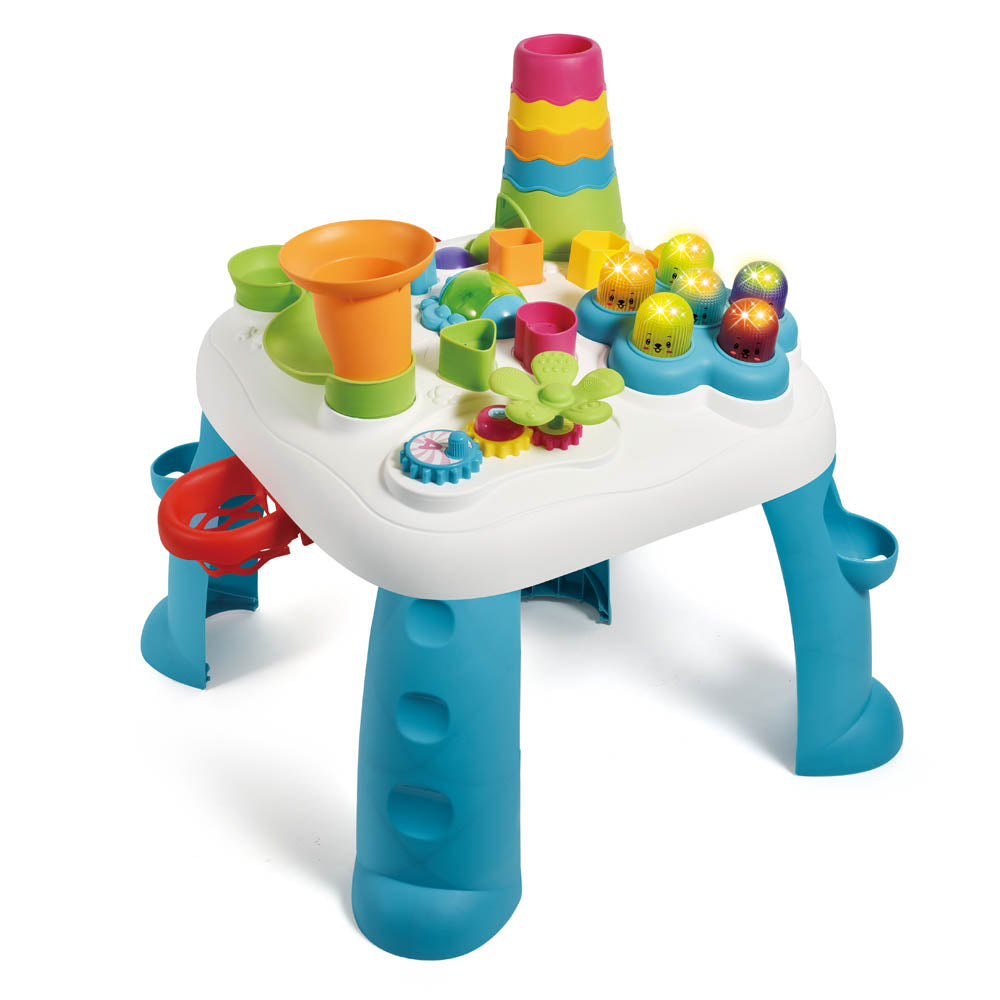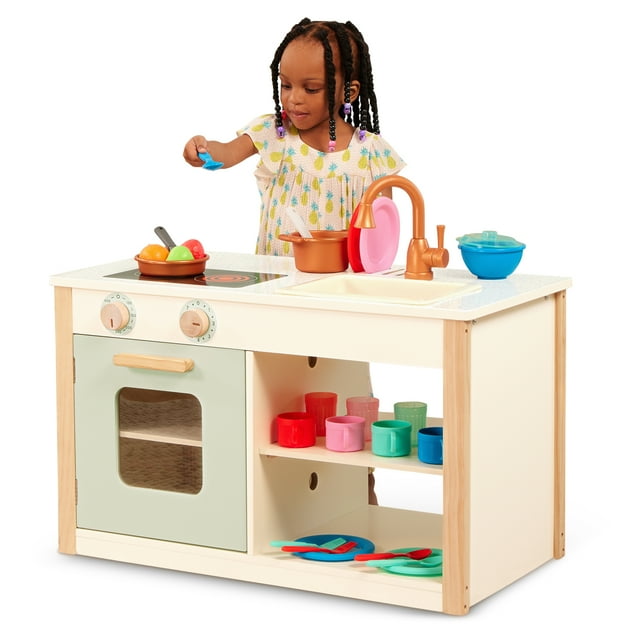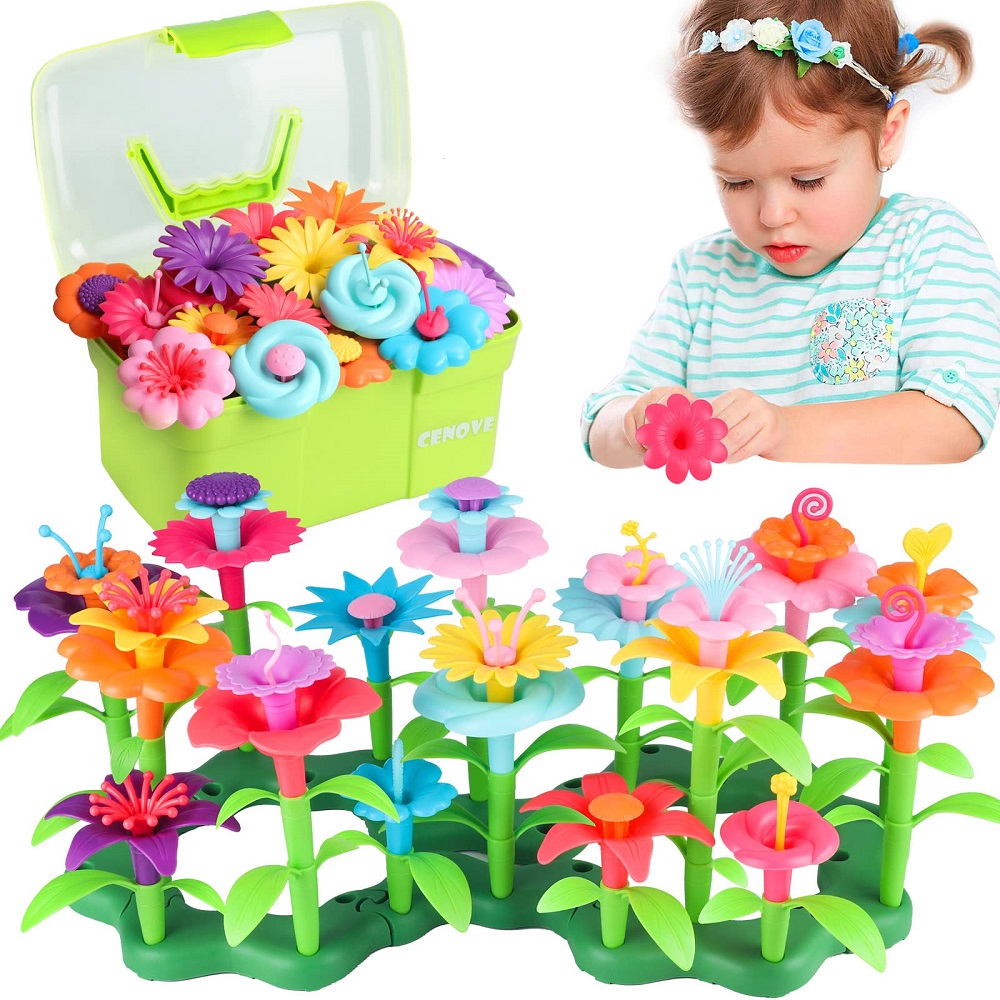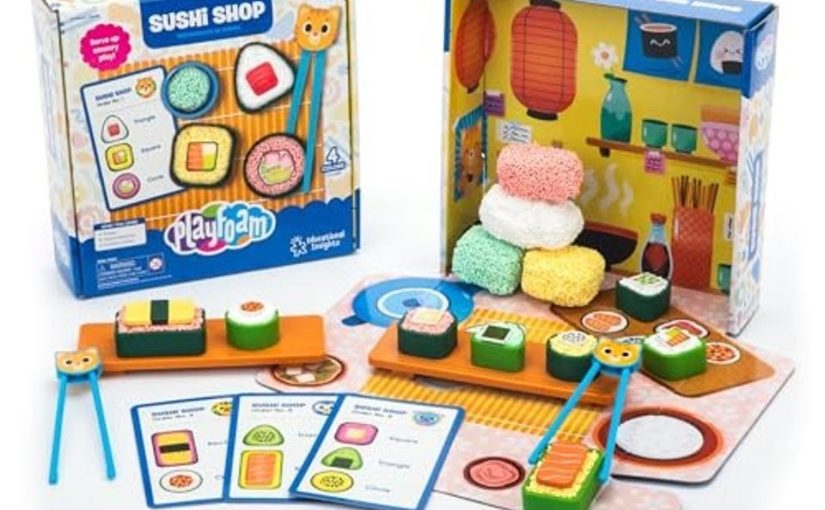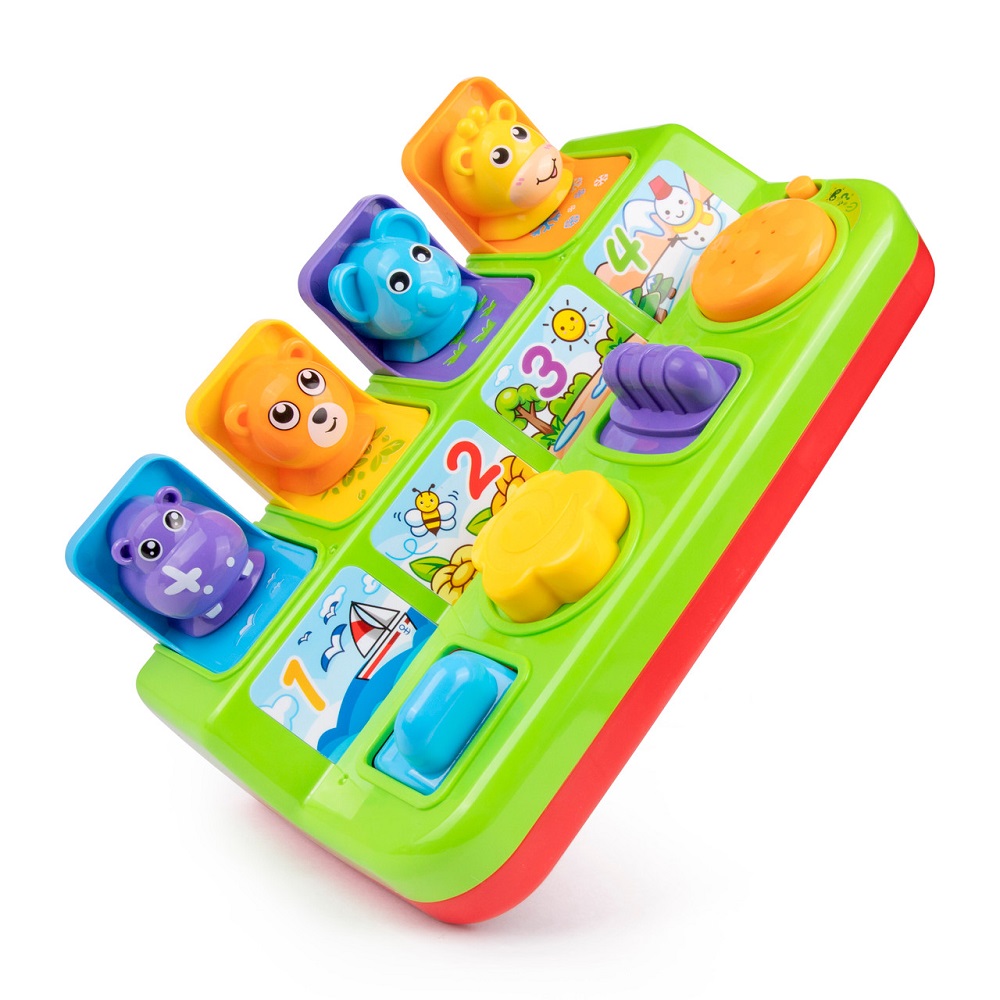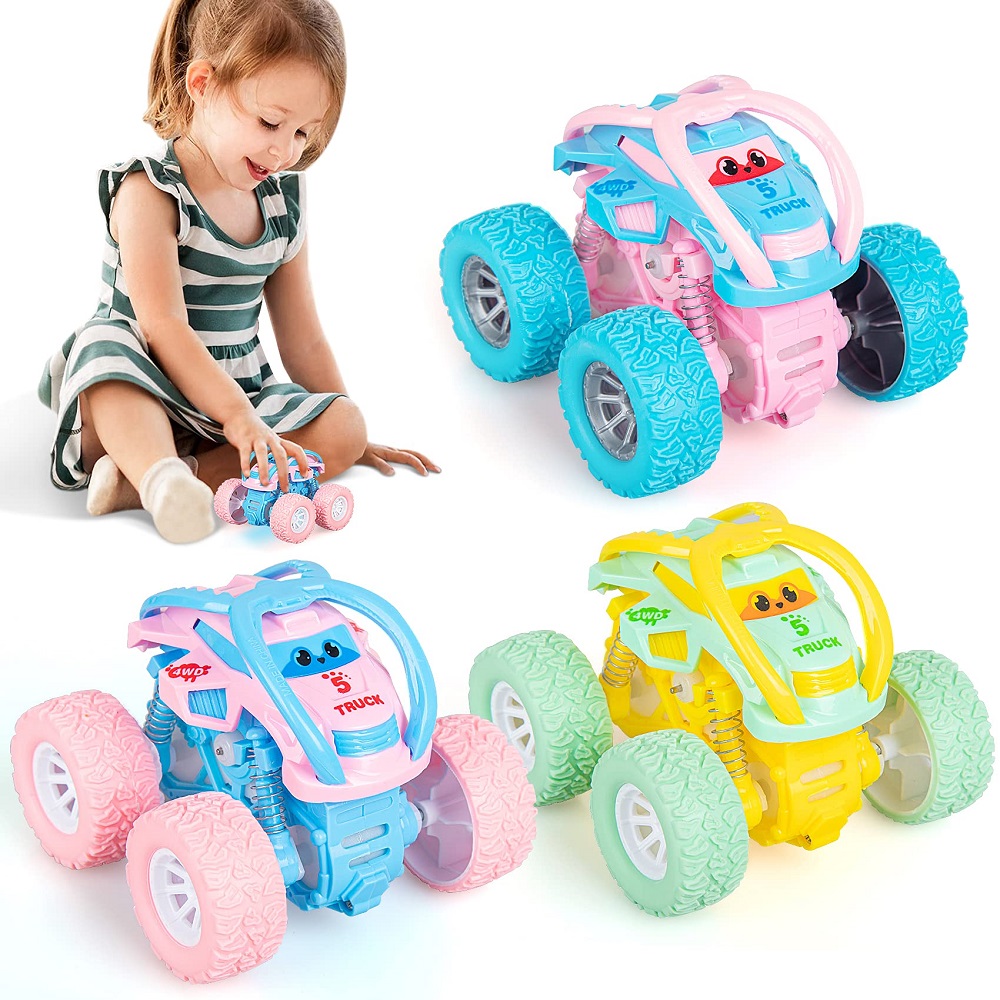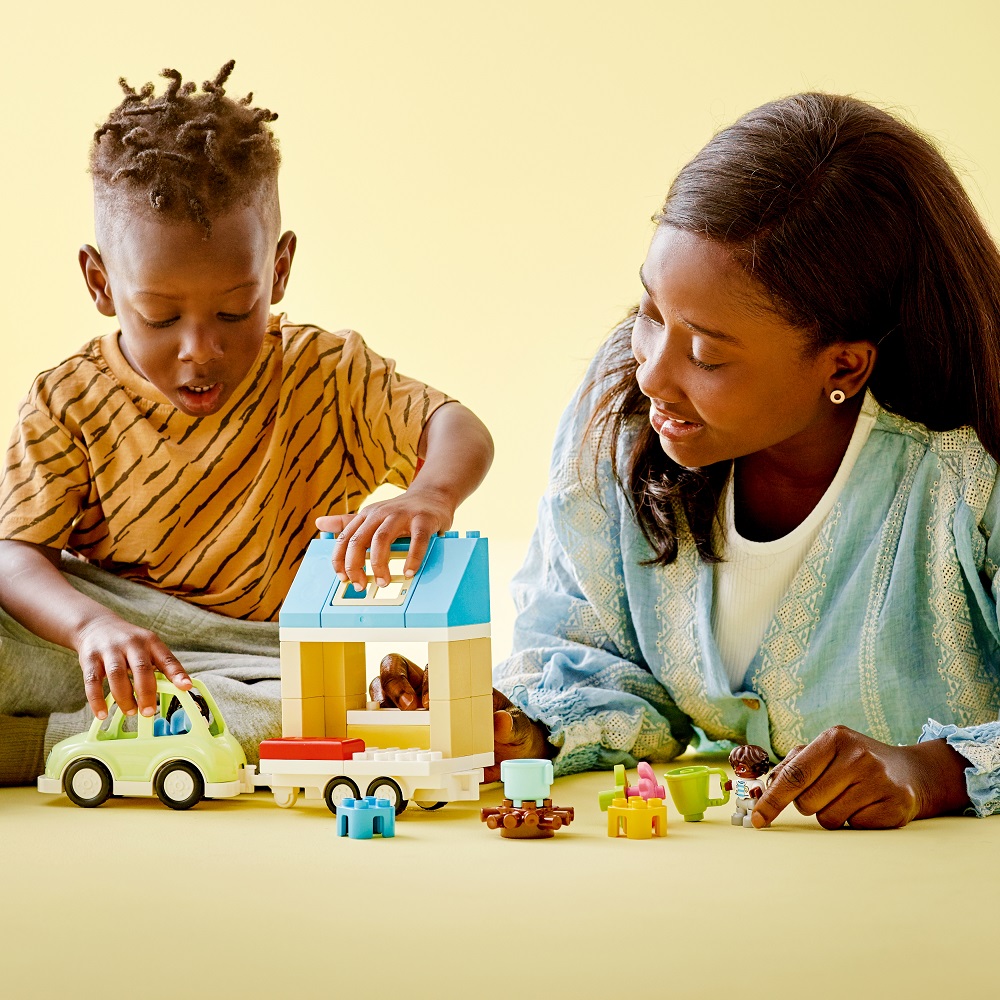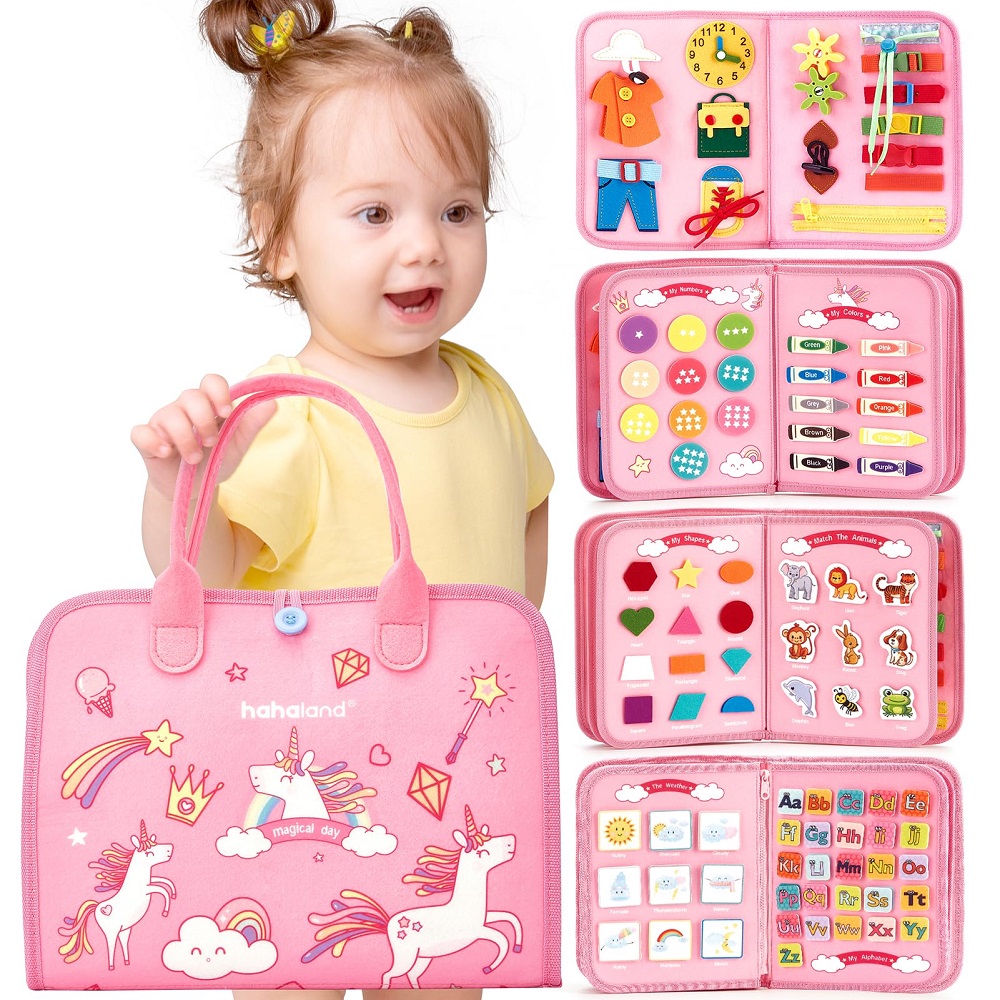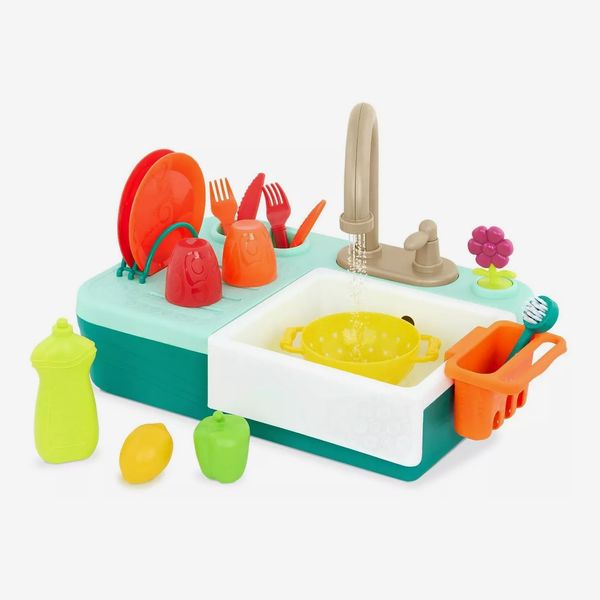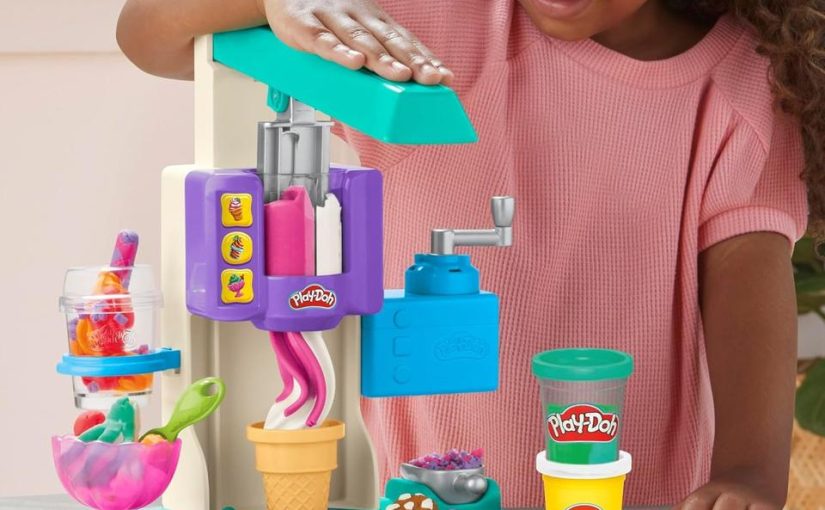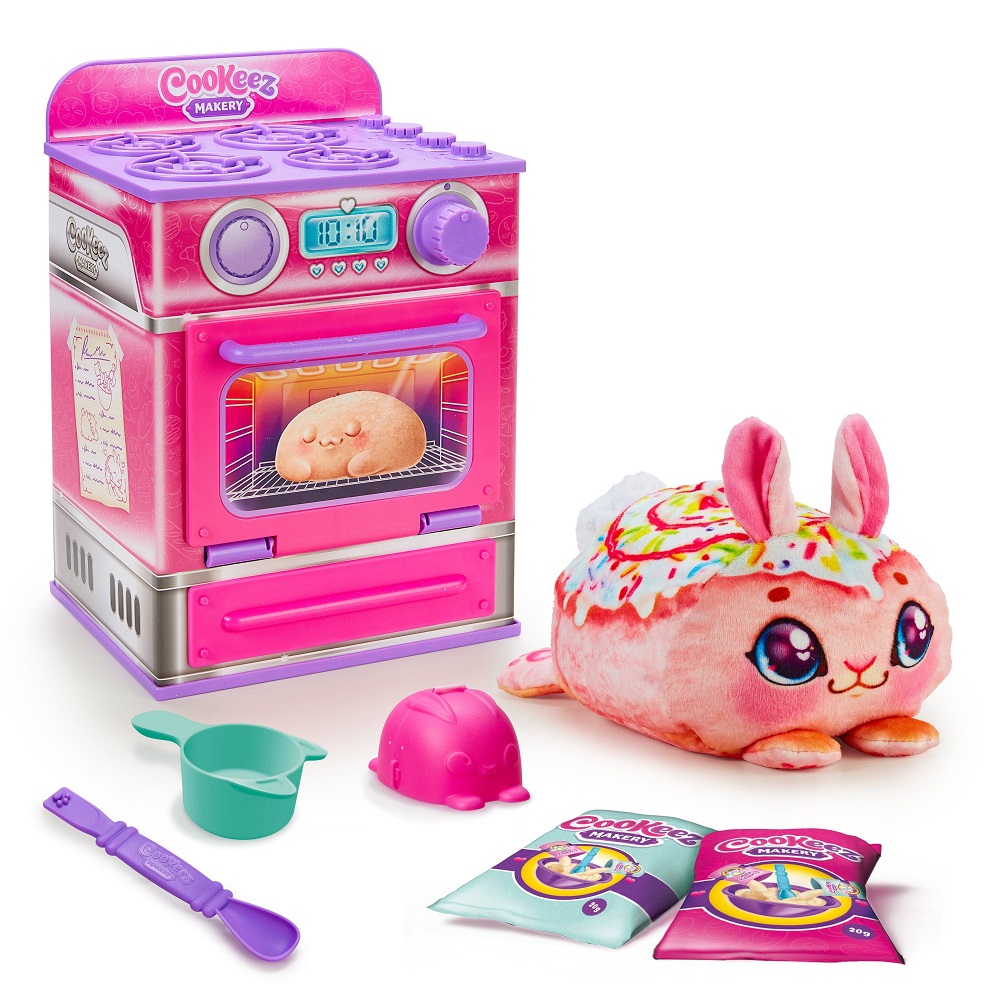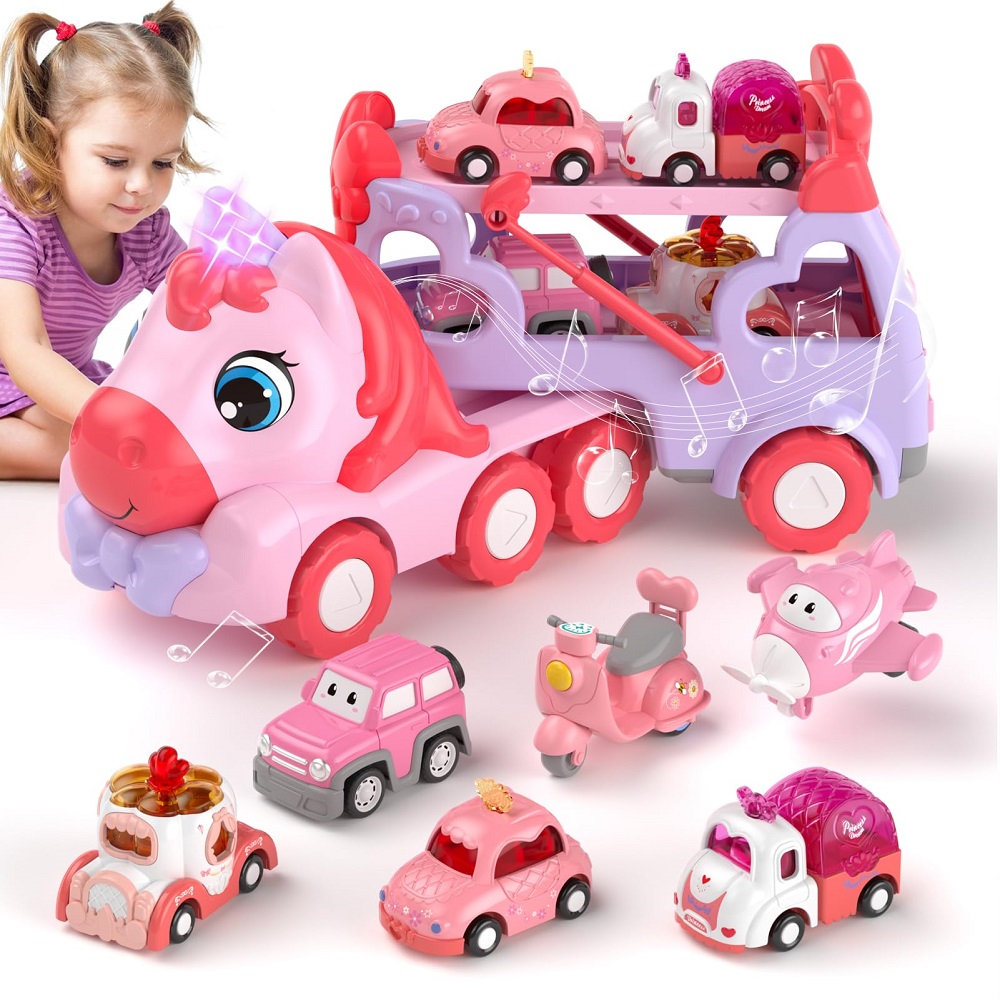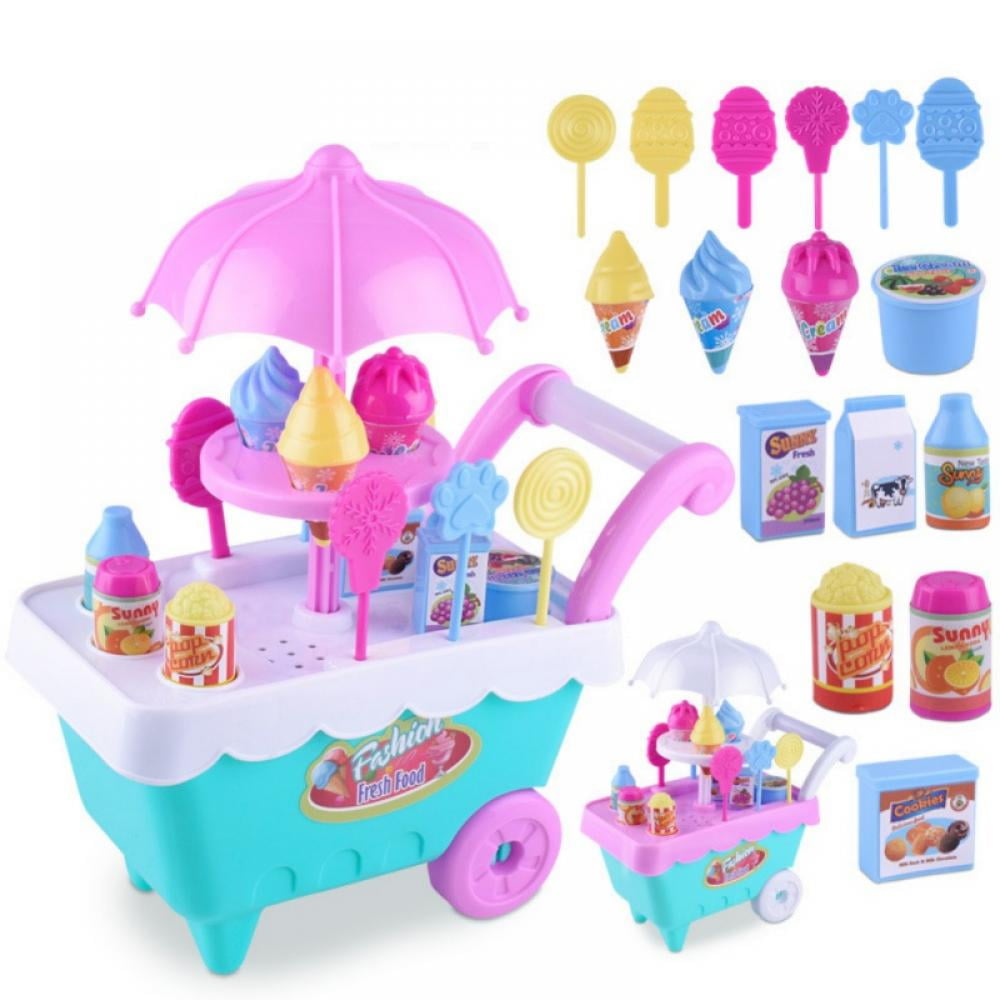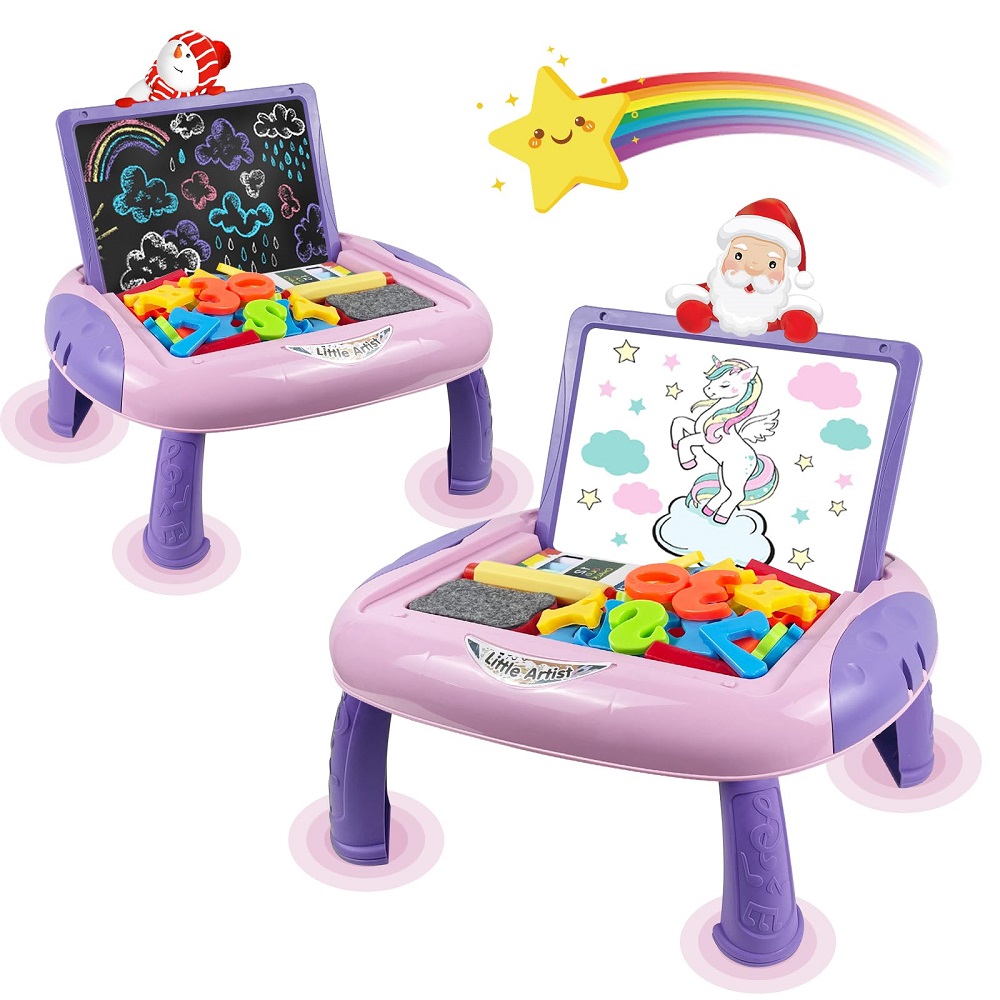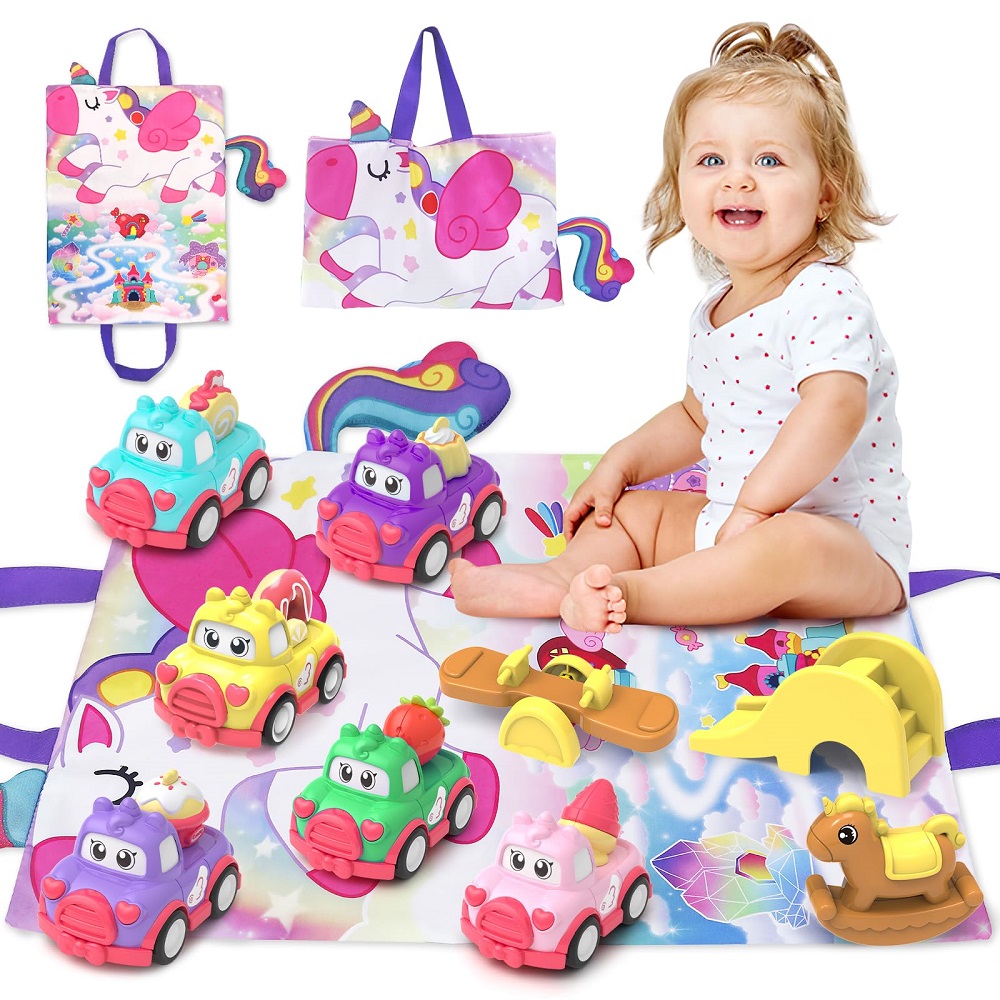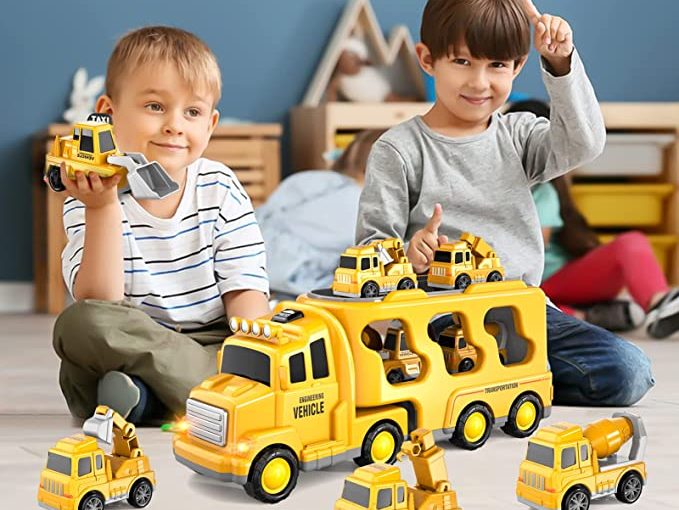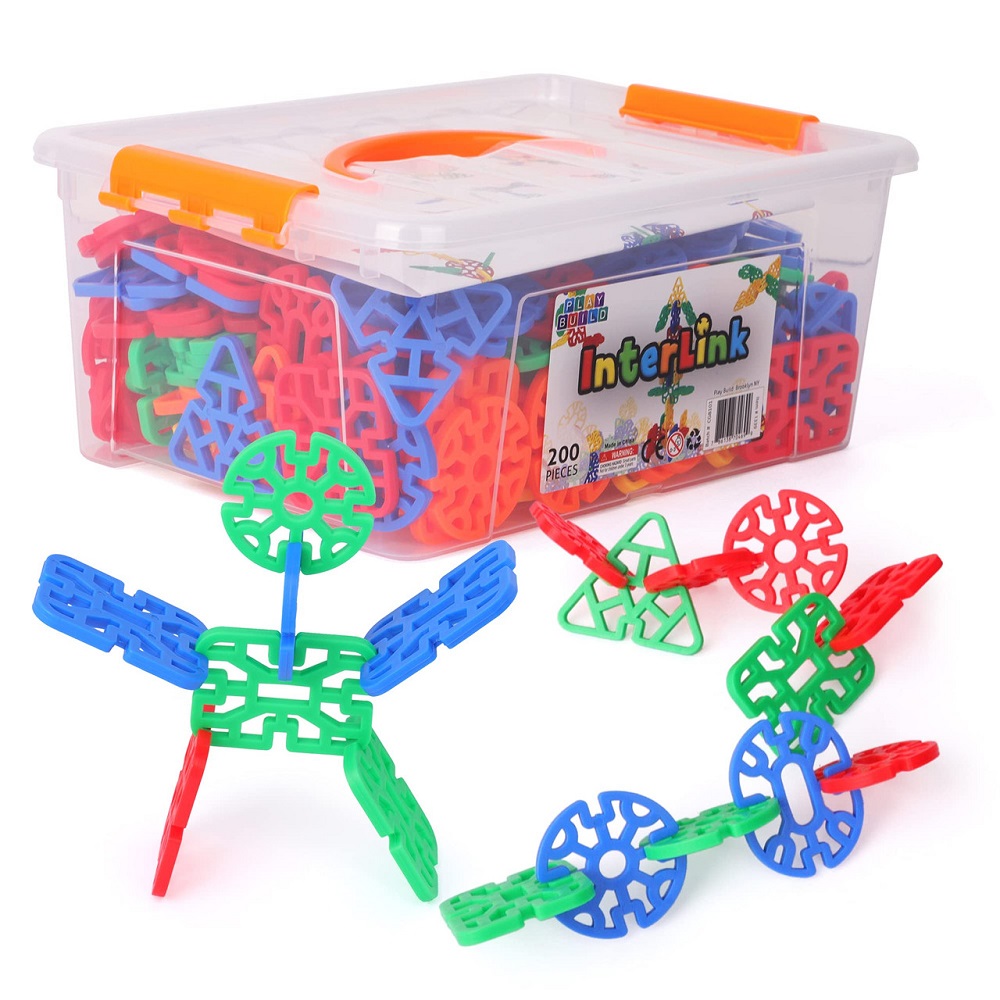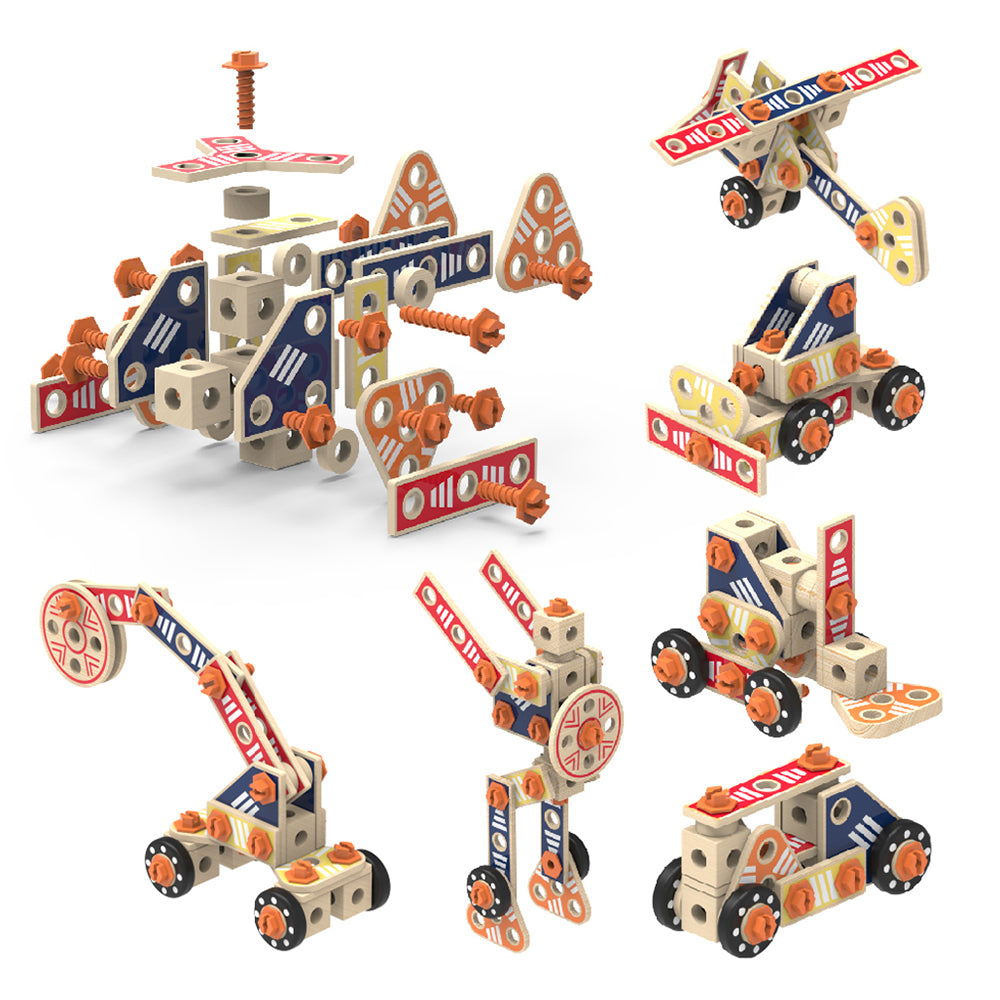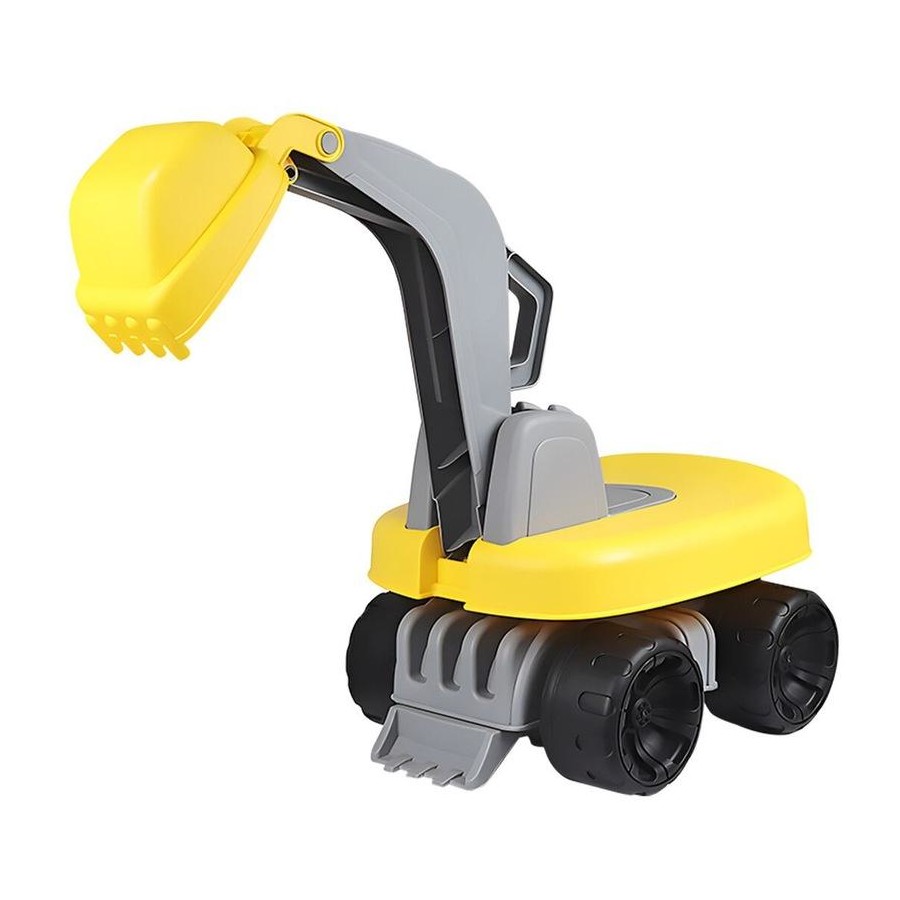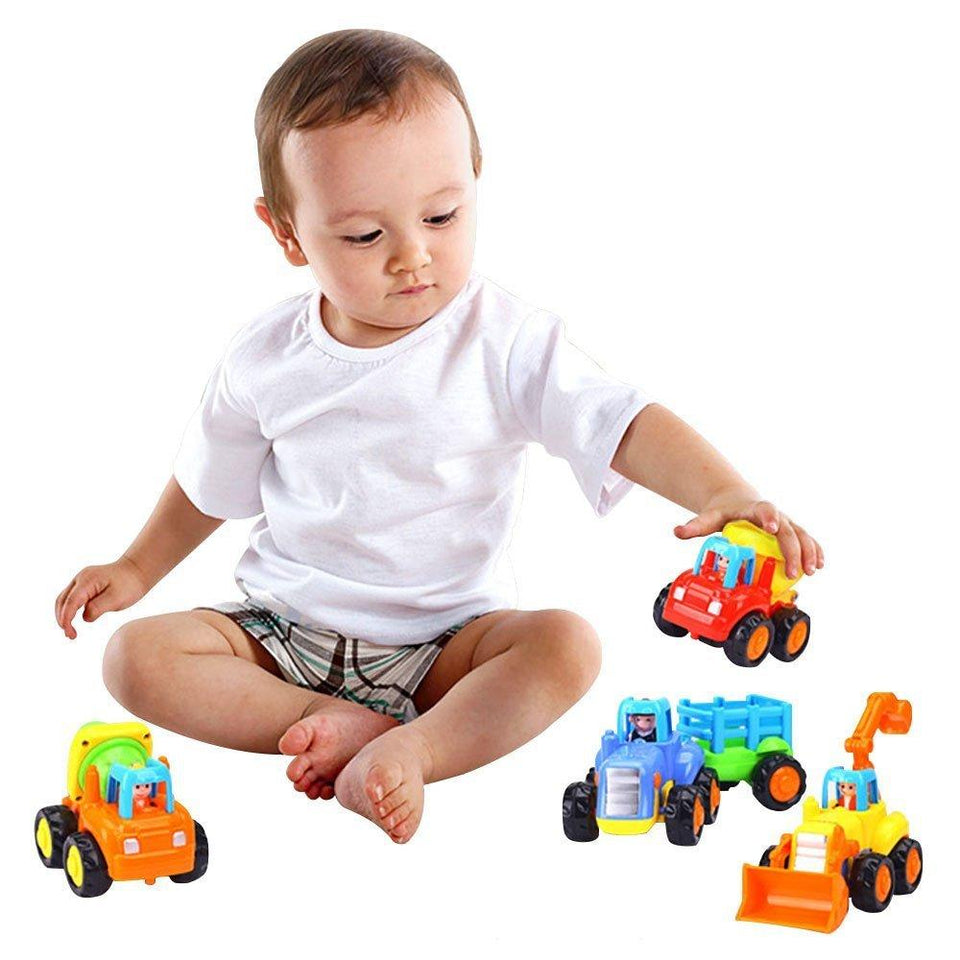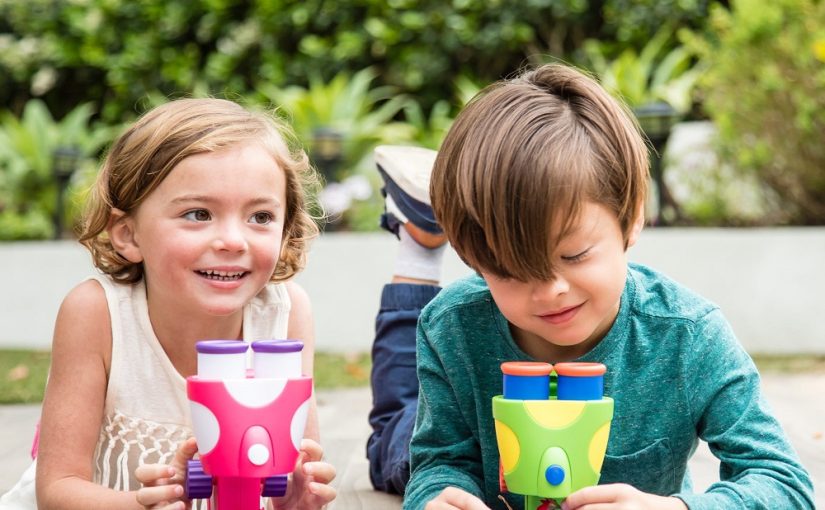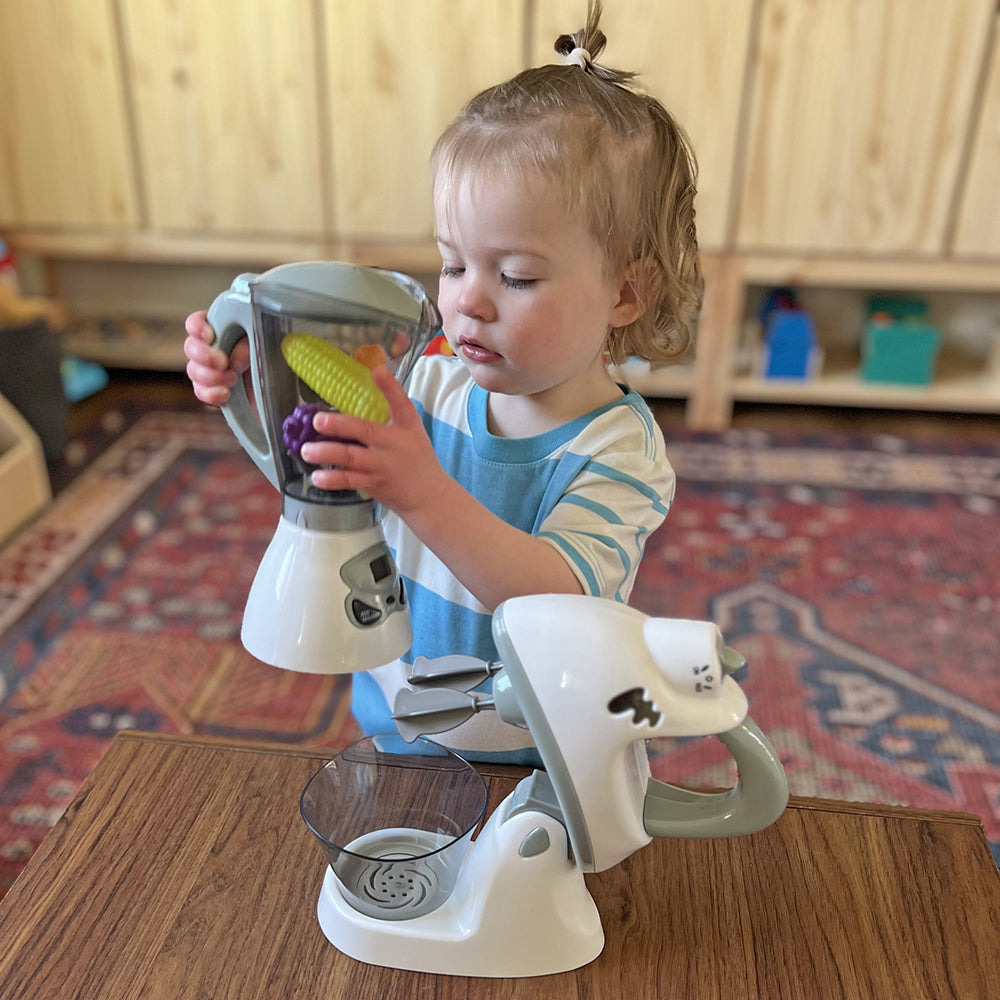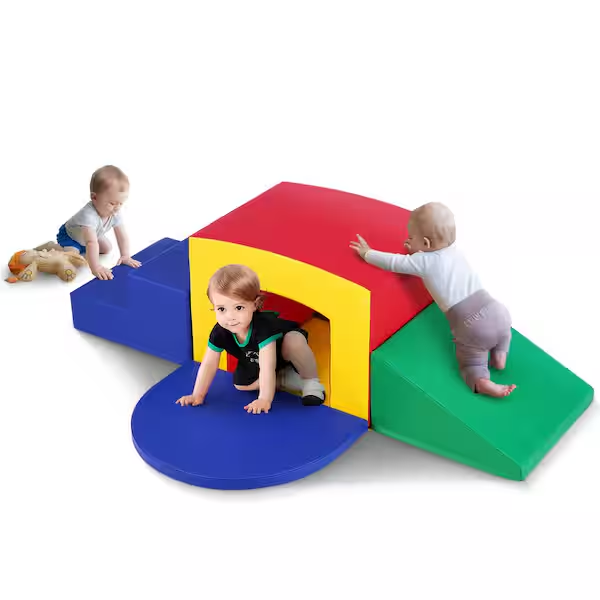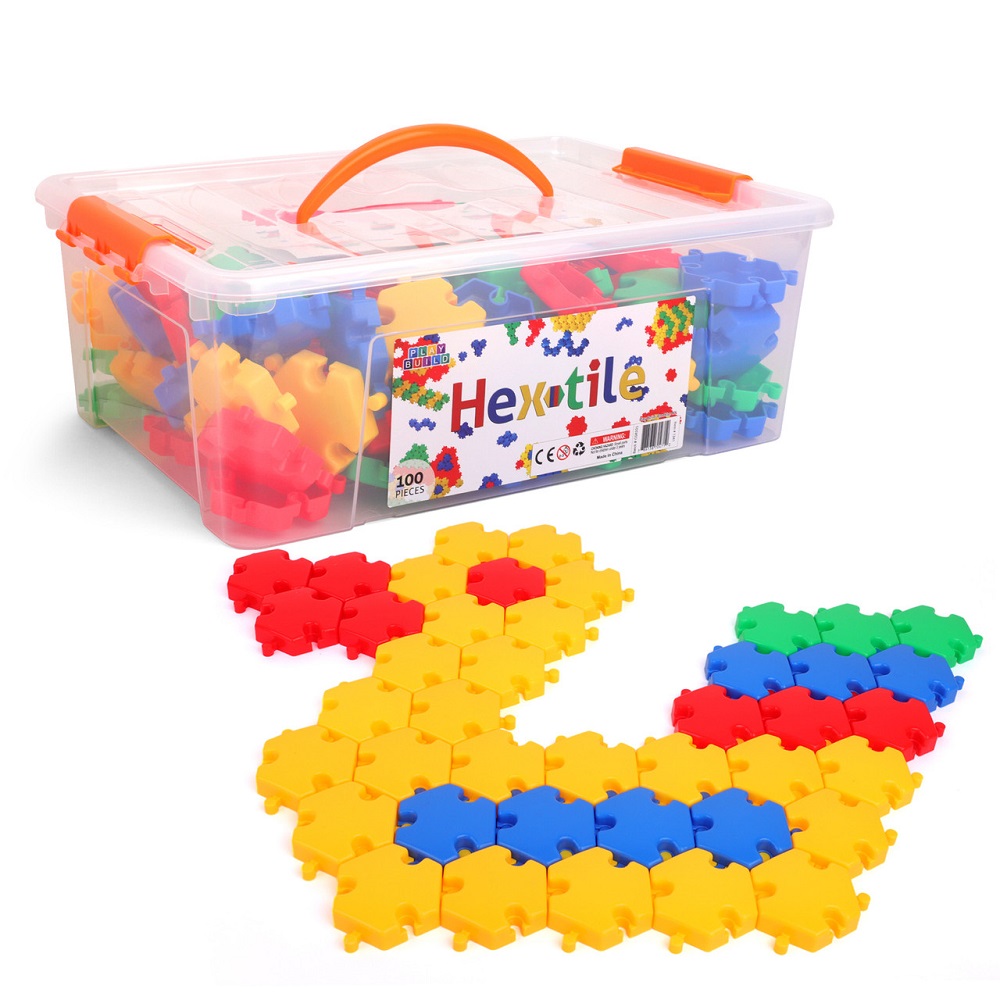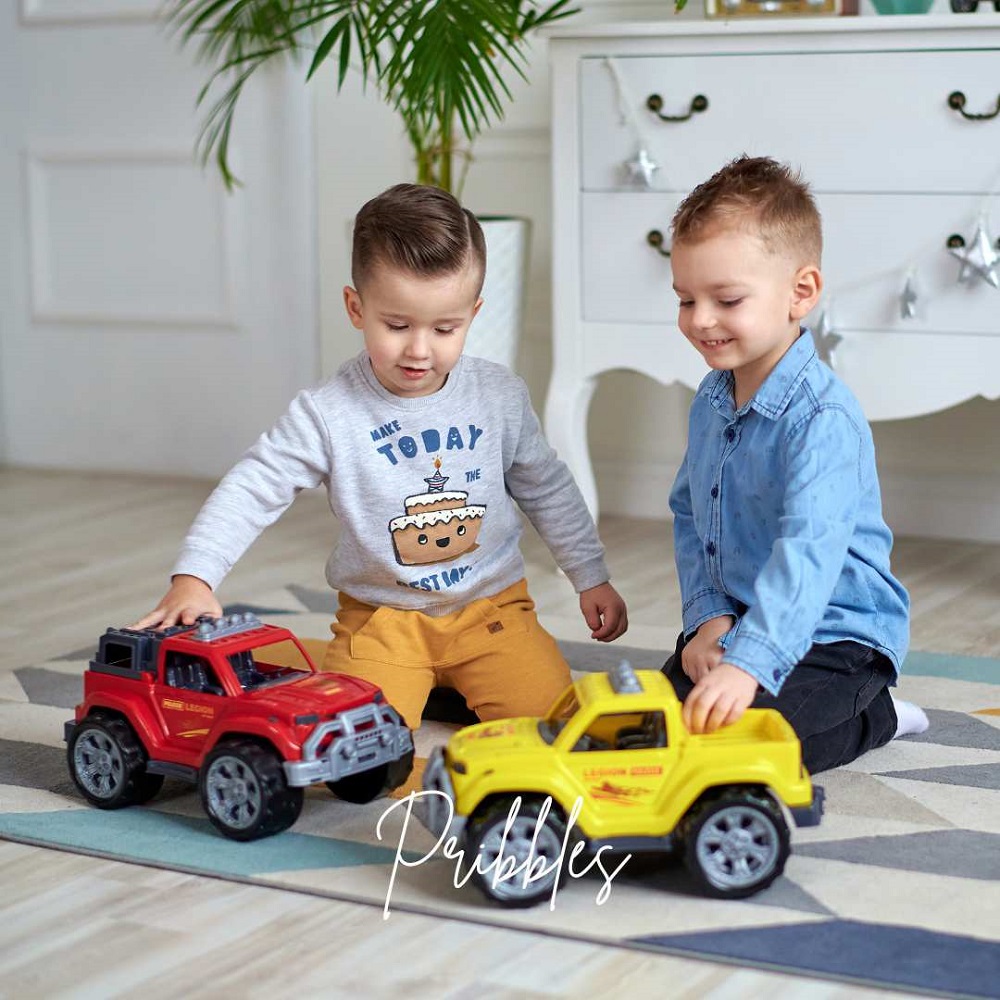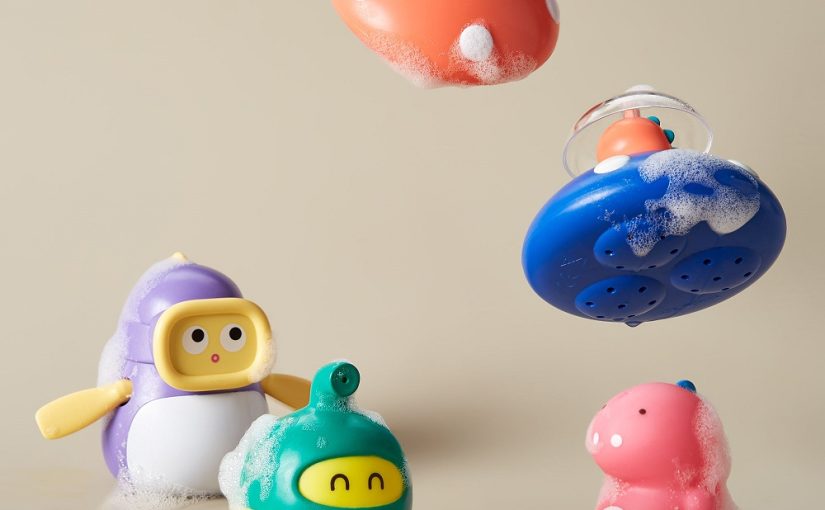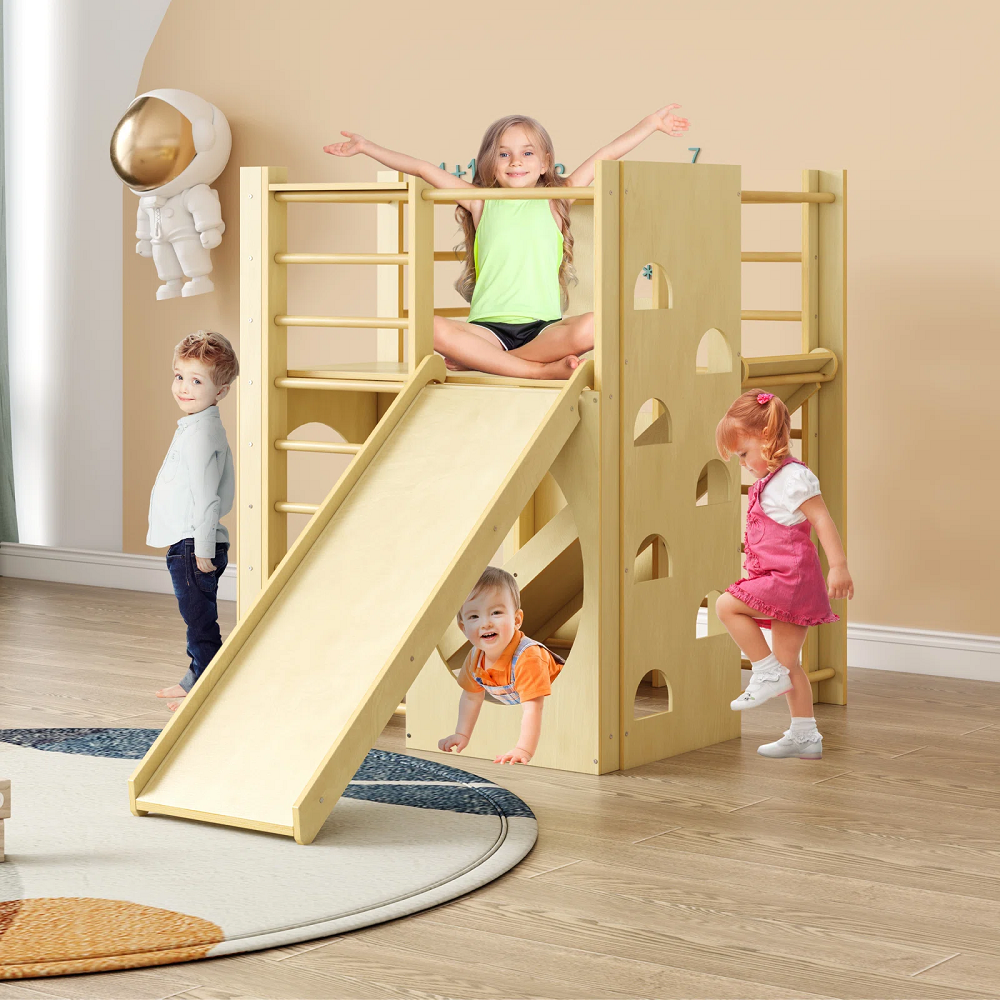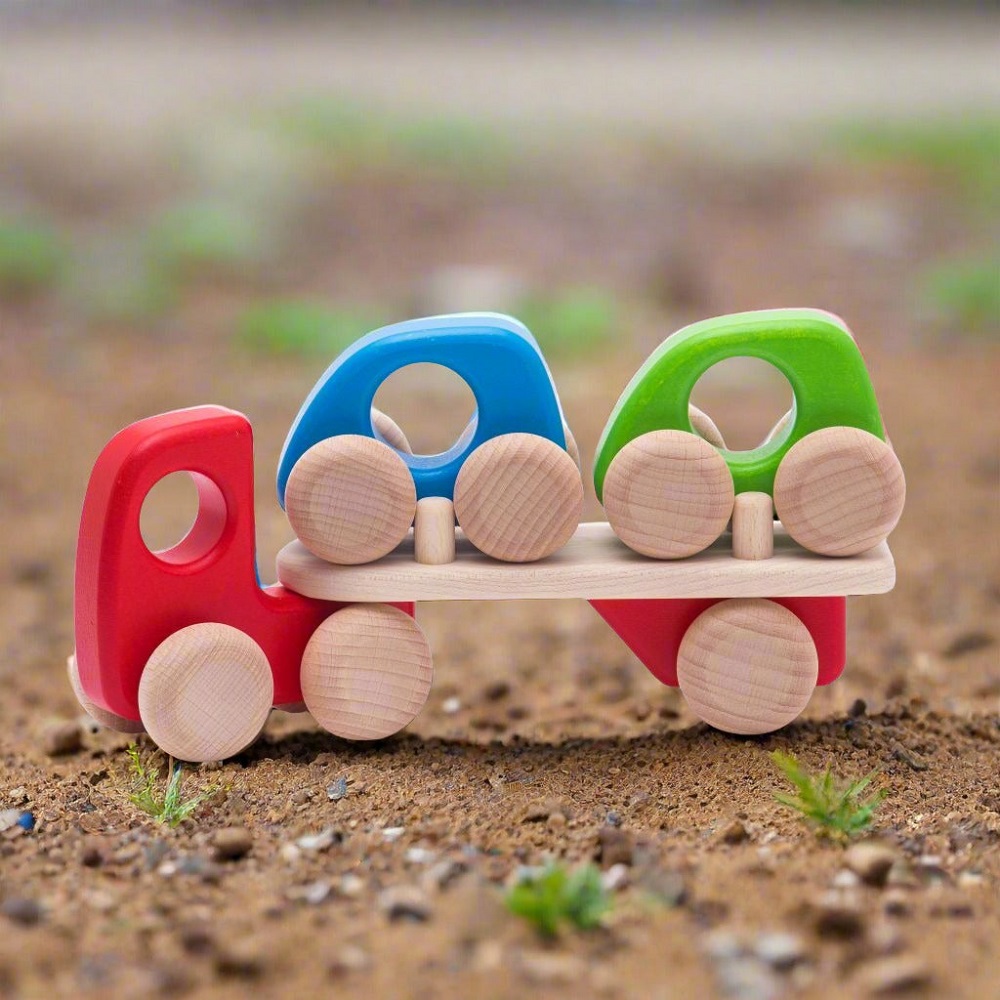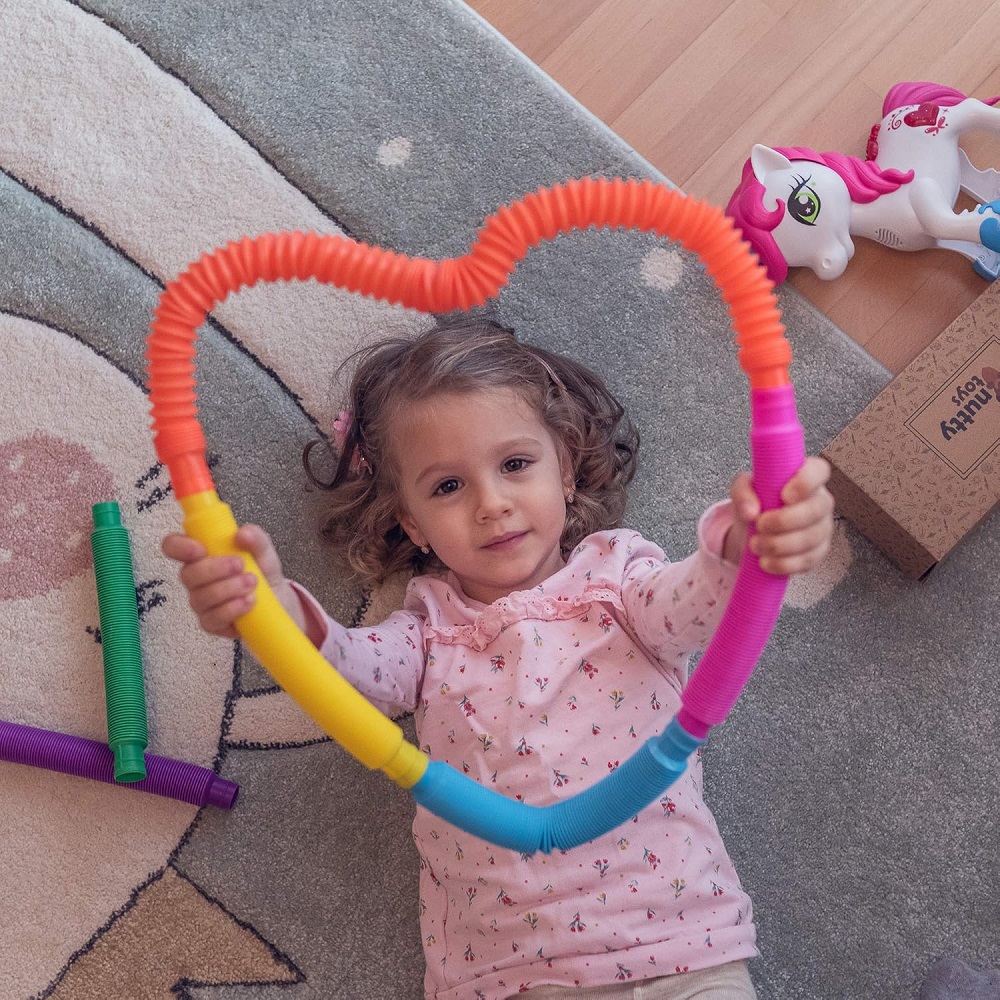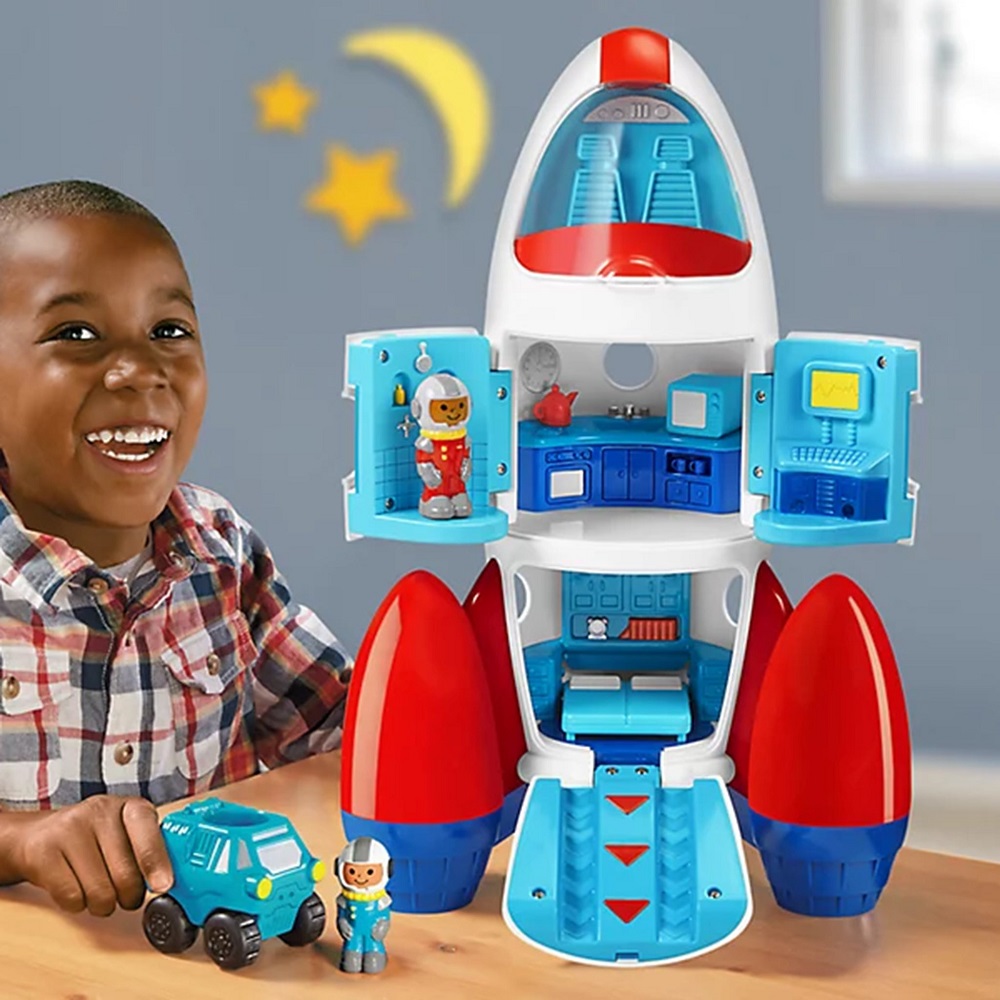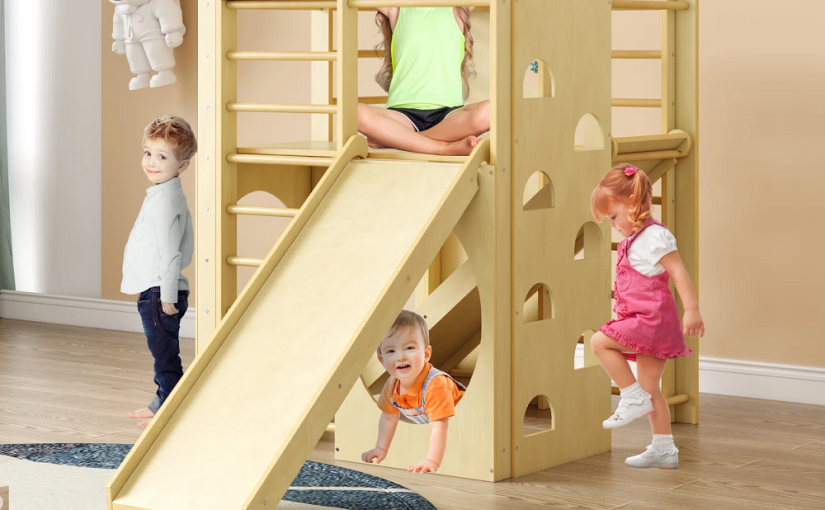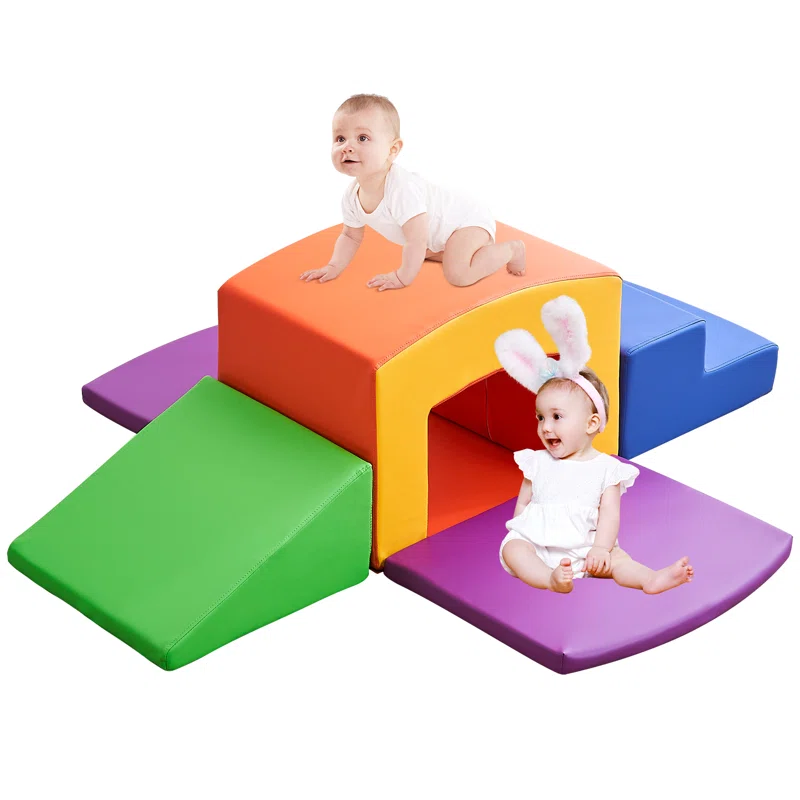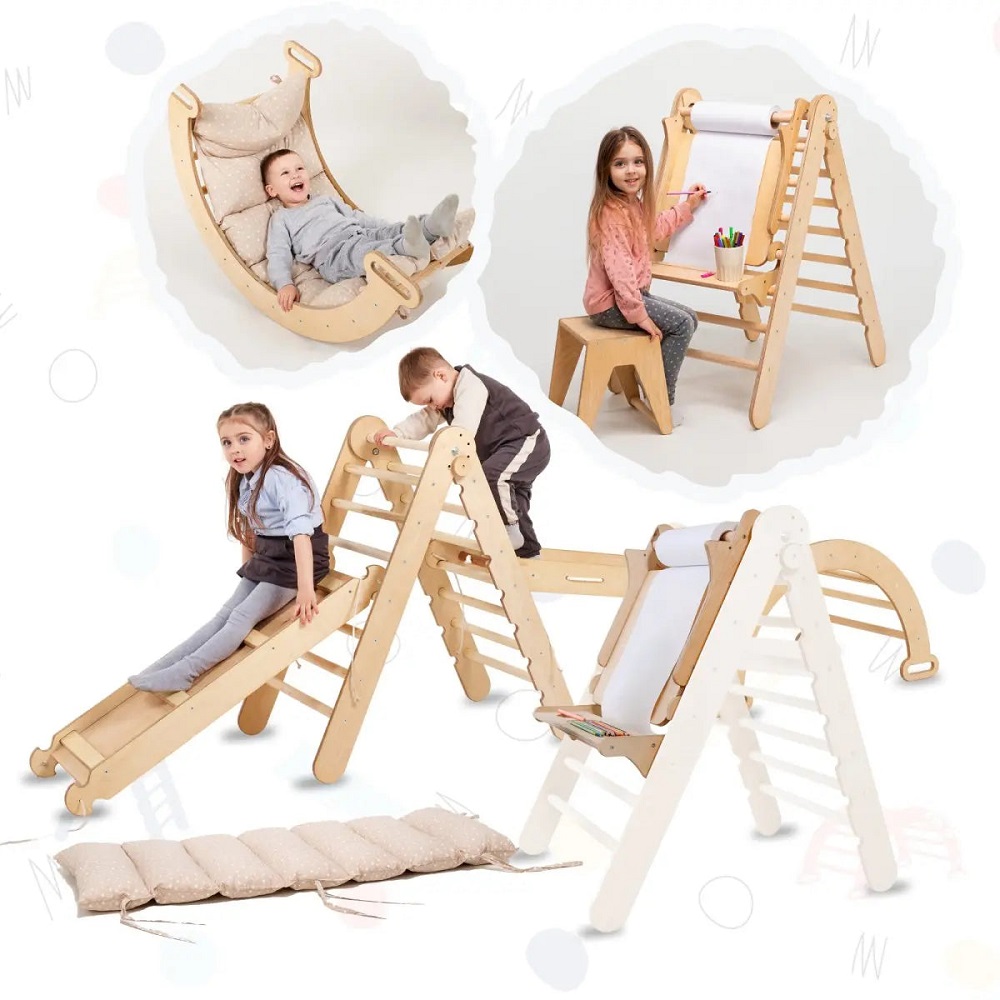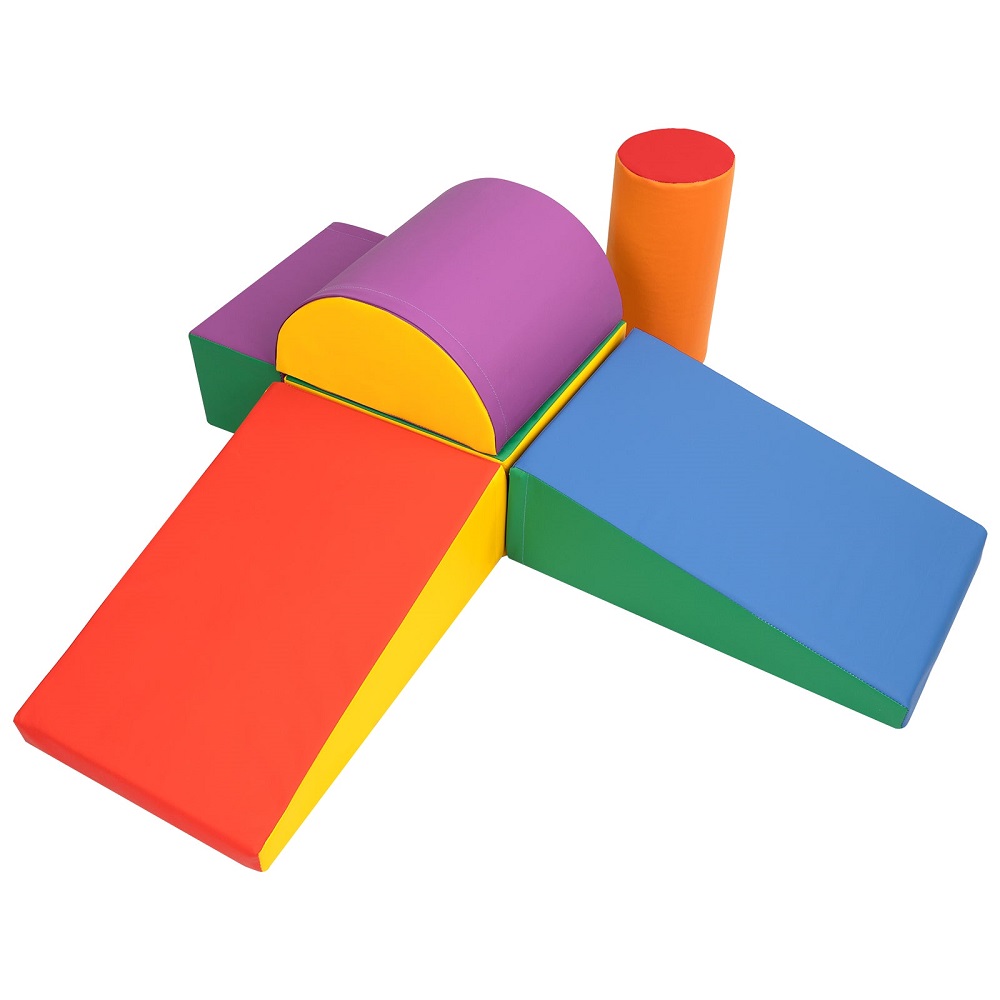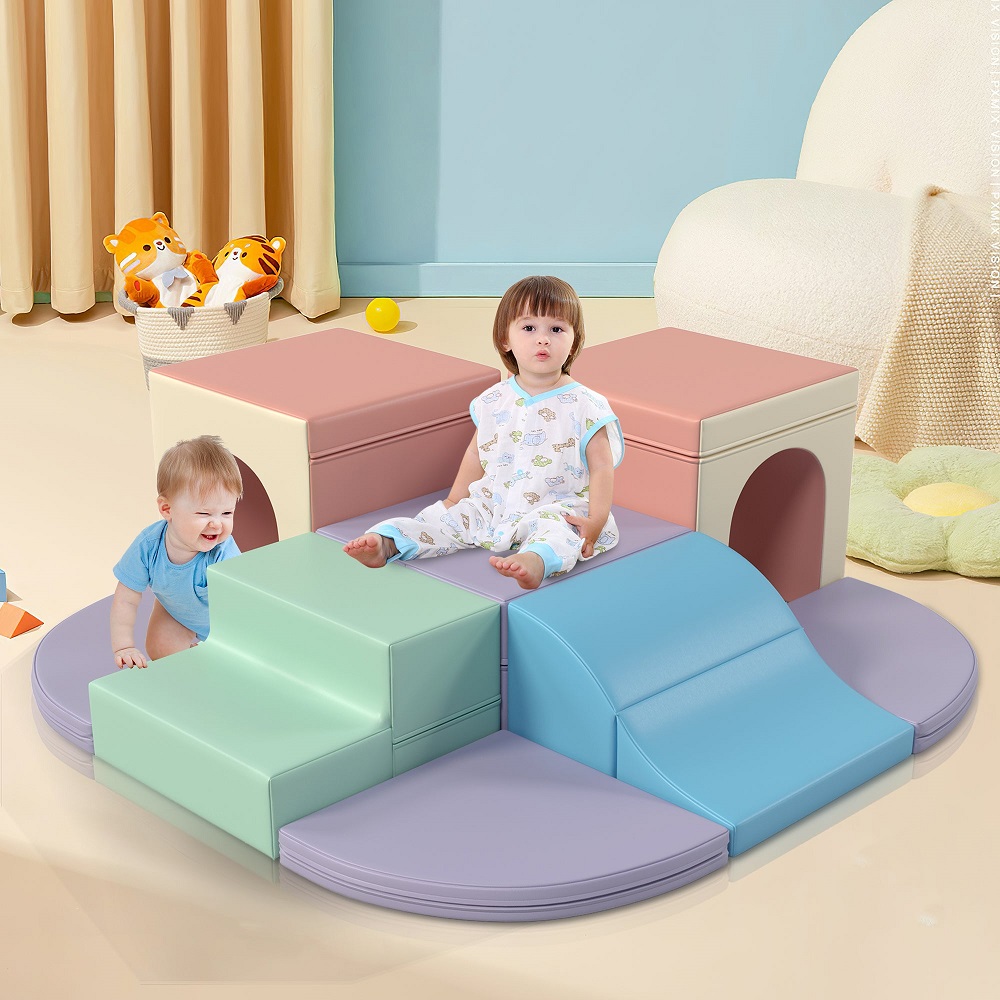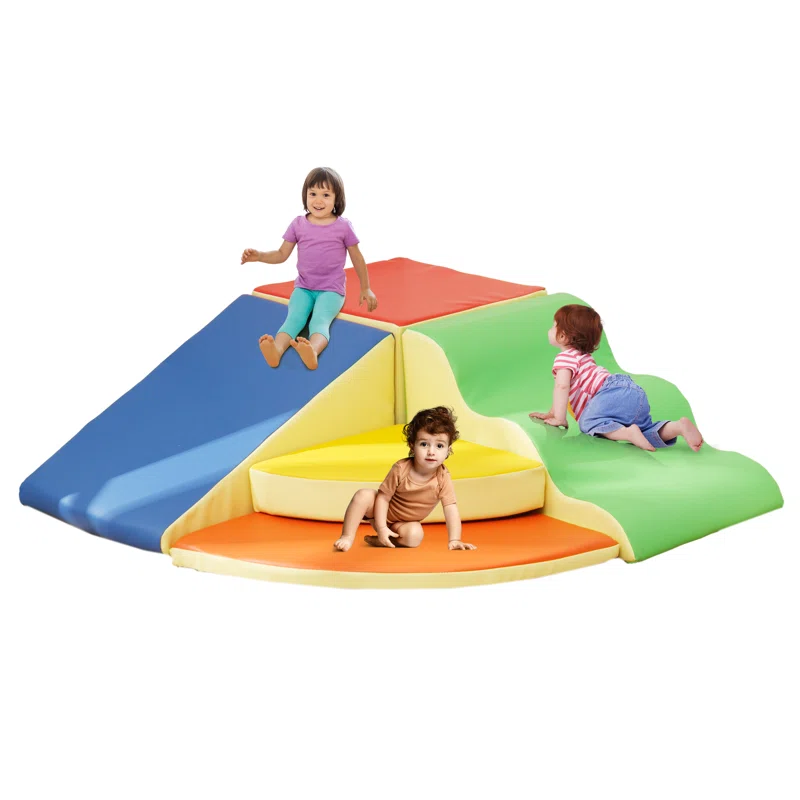As toddlers grow and develop, playtime becomes a crucial part of their learning and exploration. Providing children with engaging and stimulating toys is essential for their cognitive, social, and physical development. The right toys can inspire creativity, promote problem-solving, and foster important social skills. In this article, we will explore some cool toddler toys that offer exciting options for playtime, ensuring that children have a wonderful and enriching experience.
Introduction to Choosing Toddler Toys
Choosing toys for toddlers is an important task for parents. Toys play a big role in supporting their growth and development. It’s essential to pick toys that are age-appropriate and safe.
Here are a few key points to consider when selecting cool toddler toys:
- Age Appropriateness: Choose toys suitable for your child’s developmental stage. Avoid toys with small parts that can be a choking hazard.
- Safety: Ensure toys are made of non-toxic materials and have smooth edges. Durability matters, as toddlers can be rough with their toys.
- Educational Value: Look for toys that promote learning, creativity, or motor skills. Educational toys can help toddlers learn while playing.
- Engagement: Select toys that keep your child interested and entertained for a long time. Interactive toys that light up or make sounds can boost engagement.
- Physical Activity: Outdoor toys like balls or ride-ons encourage movement and help build coordination.
- Budget: You don’t need to spend a fortune. Many affordable options match quality and purpose.
By keeping these factors in mind, parents can find toys that are both fun and beneficial for their toddlers. Toys should inspire curiosity and bring joy into every playtime while fostering healthy growth.
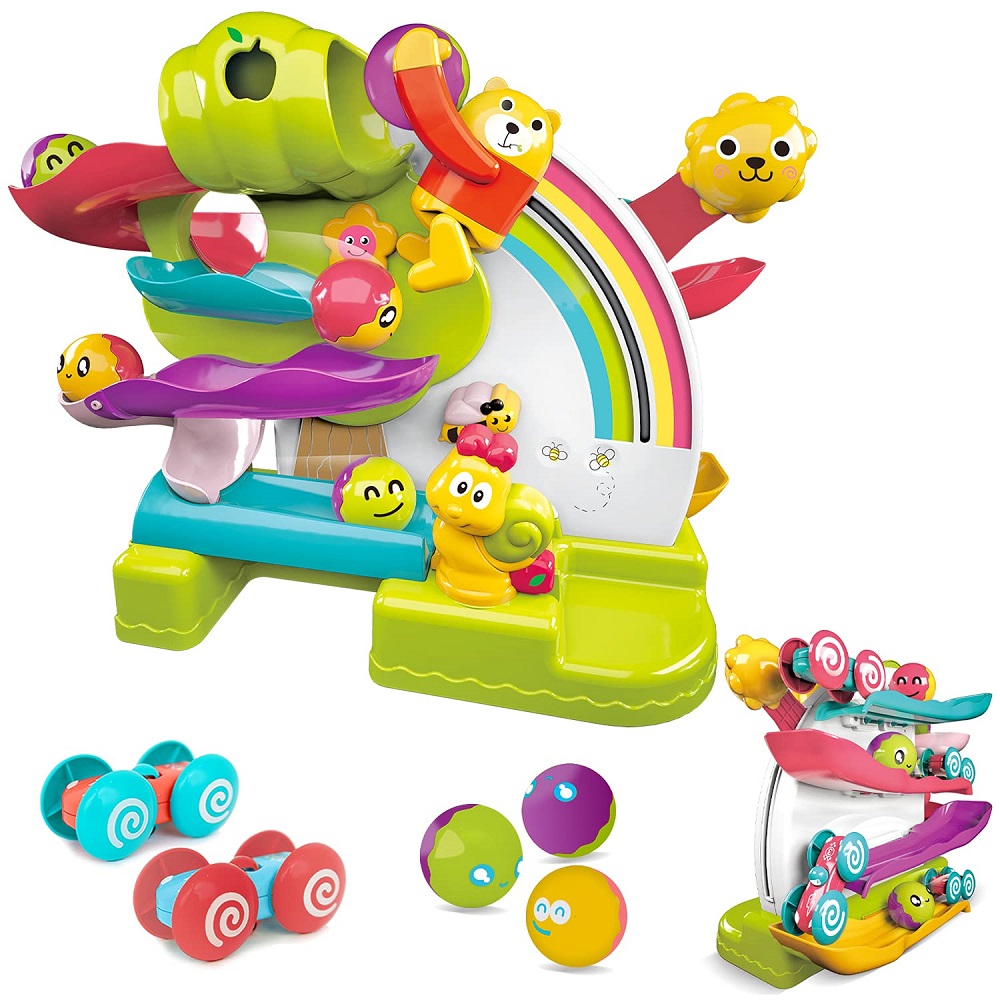
Benefits of Age-Appropriate Toys
Age-appropriate toys are crucial for toddlers’ development and overall enjoyment during playtime. Choosing toys that match your child’s age and abilities ensures safe and meaningful interactions.
Promote Healthy Development
Toys designed for a specific age group help foster essential skills. For toddlers, these may include developing fine motor abilities, hand-eye coordination, and cognitive skills. Age-specific toys challenge their abilities without being overwhelming.
Enhance Safety
Properly selected toys reduce risks like choking hazards and injury. Toys for toddlers often avoid small parts and harmful materials, making them safer for curious little hands.
Encourage Interest and Focus
Age-appropriate toys capture a child’s interest and keep them engaged, aligning with their evolving capabilities. This boosts concentration and gives them a sense of accomplishment while playing.
Support Confidence Building
As toddlers successfully explore toys designed for their developmental level, they gain confidence. These toys motivate them to keep learning and mastering new skills.
Choosing toys that are safe and suitable for your child’s developmental stage will improve playtime experiences and foster growth. Make thoughtful decisions to ensure toys support your toddler’s happiness and development.
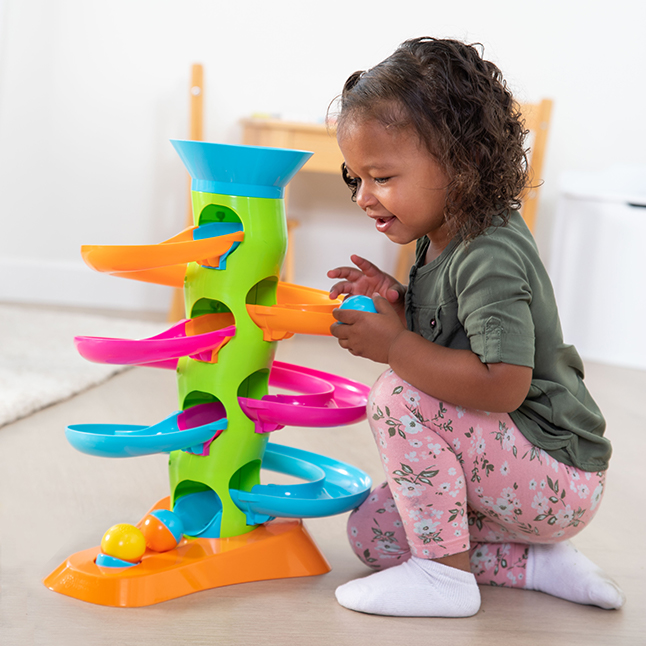
Top Educational Toys for Toddlers
Educational toys help toddlers grow while they have fun. These toys promote learning through play. They also support important developmental areas like problem-solving and creativity. Below are some top educational cool toddler toys to consider.
Toys That Encourage Learning
Learning-focused toys are excellent for growing toddlers’ brains. These toys introduce basic concepts in fun ways.
- Alphabet Blocks: Toddlers can learn letters and build towers at the same time.
- Puzzle Matching Games: These improve memory and teach problem-solving skills.
- Storybooks with Interactive Features: Books with flaps or sounds make early reading more engaging.
- Shape Sorters and Stackers: These teach shapes, colors, and improve hand-eye coordination.
- Musical Instruments for Kids: Instruments like xylophones or drums teach rhythm and creativity.
Toys that encourage learning keep kids entertained while fostering curiosity. Choose options tailored for their age and interest.
STEM Toys for Early Skill Development
STEM toys introduce toddlers to science, technology, engineering, and math at a young age. These cool toddler toys spark interest in how things work and are perfect for hands-on learners.
- Building Blocks or Magnetic Tiles: Great for creativity and understanding basic engineering concepts.
- Sorting and Counting Toys: Help introduce math skills like counting and patterns.
- Simple Coding Robots: Toys that teach basic sequencing and problem-solving in an interactive way.
- Experiment Kits for Kids: Age-appropriate science kits can inspire curiosity about simple science concepts.
- Gear Toys: Teach toddlers about cause and effect while improving their fine motor skills.
STEM toys engage toddlers with learning activities and challenge their growing minds. For every curious toddler, these options are perfect for sparking an early love of learning.
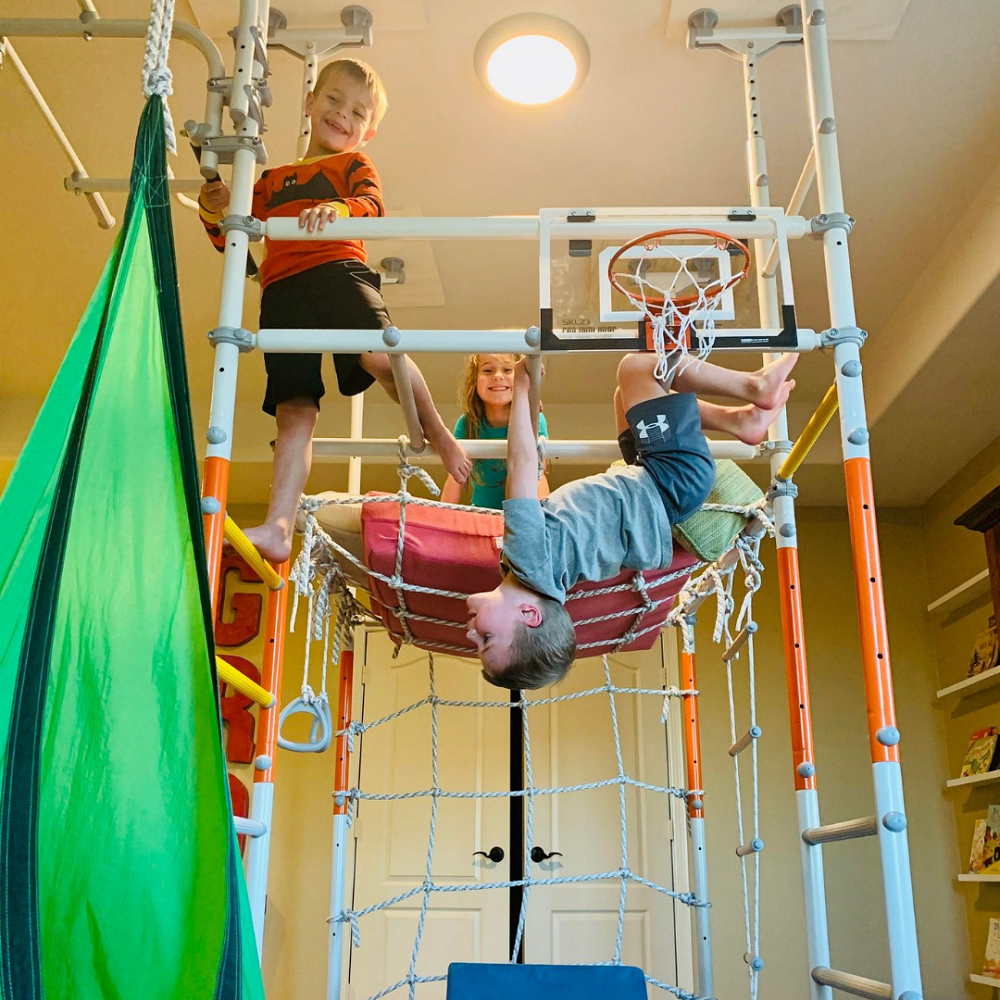
Creative Play with Art and Craft Toys
Art and craft toys encourage toddlers to express themselves creatively. These toys inspire imagination and develop fine motor skills at the same time.
Benefits of Art and Craft Toys for Toddlers
- Boost Creativity: Art toys like crayons, markers, and paints let toddlers explore their imagination.
- Build Fine Motor Skills: Craft activities improve hand movements through actions like coloring or cutting paper.
- Encourage Problem-Solving: Toys such as play dough or sticker sets teach toddlers to create and experiment.
- Promote Focus: Craft projects keep toddlers engaged as they complete tasks.
- Instill Confidence: Completing artwork gives toddlers a sense of achievement.
Top Art and Craft Toys for Toddlers
Here are some excellent options for creative play:
- Washable Crayons and Markers: These tools allow safe and mess-free artistic fun.
- Play Dough Sets: Soft dough helps with shaping skills and sparks creativity.
- Finger Paint Kits: These are great for sensory play and encourage self-expression.
- Craft Kits with Stickers: Simple sticker kits improve placement and design skills.
- Magnetic Drawing Boards: These reusable boards offer endless drawing opportunities.
Art and craft toys make playtime fun and educational. They support creativity while developing essential skills.
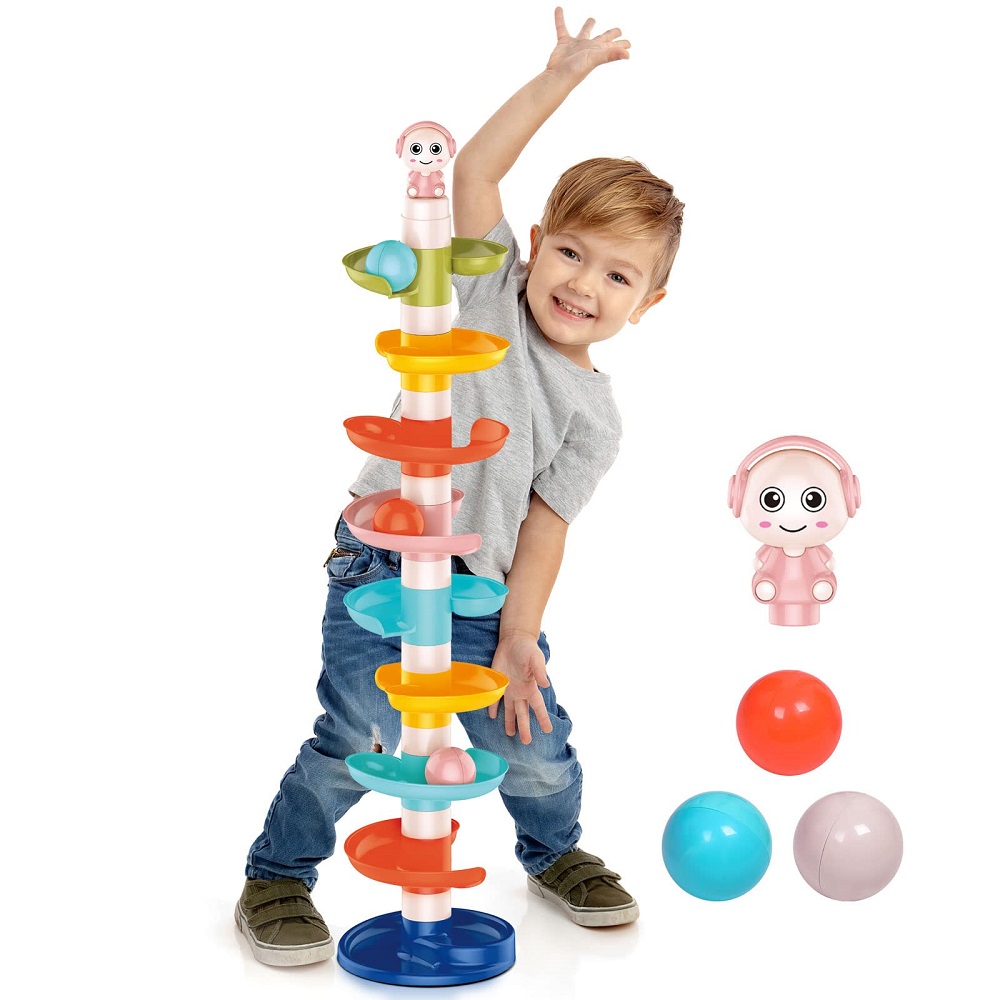
Outdoor Toys for Active Toddlers
Outdoor play is vital for toddlers’ growth and overall health. It helps them develop motor skills while burning energy. Choosing the right outdoor toys can encourage toddlers to move, explore, and stay active.
Benefits of Outdoor Toys
- Encourage Physical Activity: Outdoor toys get toddlers running, jumping, and moving, which boosts coordination.
- Improve Social Skills: Playing outside with others helps toddlers learn to share and cooperate.
- Stimulate Imagination: Open spaces and outdoor toys inspire creative play and exploration.
- Support Health: Active play outdoors improves heart health and builds strong bones and muscles.
Top Outdoor Toys for Toddlers
- Ride-On Toys and Scooters: Help toddlers build balance and enjoy safe mobility.
- Sandbox with Toys: Perfect for digging, building, and exploring textures.
- Tunnels and Play Tents: Encourage crawling, hiding, and imaginative adventures.
- Balls for All Sports: Great for throwing, kicking, and catching.
- Water Play Toys: Splash tables or sprinklers provide fun and cooling play during summer.
Outdoor toys ensure toddlers have fun while staying active. They combine enjoyment with numerous developmental benefits.
Interactive Technology Toys for Toddlers
Interactive technology toys are growing in popularity among parents and toddlers. These toys combine fun with learning using sounds, lights, and motion. They keep toddlers engaged while providing valuable educational benefits. Here are key aspects and examples of interactive technology toys for toddlers:
Benefits of Interactive Technology Toys
- Boost Cognitive Skills: These toys teach problem-solving through games or activities.
- Promote Language Development: Many tech toys focus on teaching letters, words, and sounds.
- Enhance Motor Skills: Touchscreens, buttons, and sliders improve hand-eye coordination and finger dexterity.
- Encourage Independent Play: These toys keep toddlers entertained without constant adult involvement.
- Introduce Technology Early: Interactive toys familiarize kids with gadgets in a safe, age-appropriate way.
Examples of Cool Technology Toys for Toddlers
- Learning Tablets for Kids: Tablets with pre-loaded educational apps teach numbers, letters, and shapes.
- Interactive Books: Books with buttons or audio features make storytelling more engaging.
- Talking Stuffed Animals: Toys that talk or sing teach new words and songs.
- Musical Toys with Lights: Instruments that play sounds and light up encourage rhythm and creativity.
- Simple Robot Toys: Robots with basic coding features teach problem-solving and critical thinking.
When choosing these toys, pick options with safe, durable designs. Avoid toys with complex parts or small pieces. Make sure they are age-appropriate and easy for toddlers to use.
Interactive technology toys offer exciting ways for toddlers to learn while having fun. They combine education with entertainment, making playtime both meaningful and memorable.
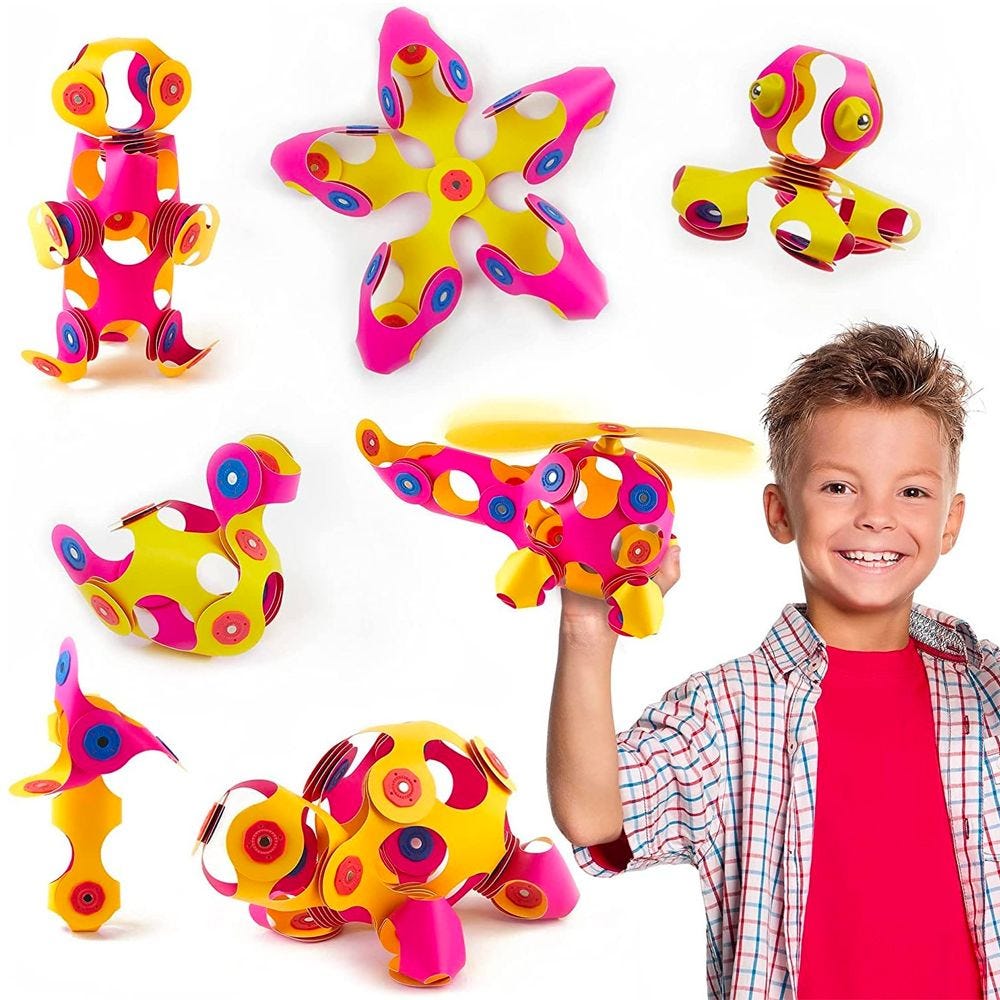
Safe and Durable Toys for Everyday Play
Toddlers need toys that are both safe and durable. Choosing such cool toddler toys ensures worry-free playtime and long-lasting entertainment. Below are key factors to prioritize and some excellent options:
Key Features of Safe and Durable Toys
- Non-Toxic Materials: Ensure toys are free from harmful chemicals and BPA.
- Smooth Edges: Avoid toys with sharp or rough edges. These can cause injuries.
- No Small Parts: Steer clear of toys with small, detachable pieces to prevent choking hazards.
- Solid Construction: Durable toys can withstand rough handling and extended use.
- Easy to Clean: Select toys that resist dirt and are simple to sanitize.
Examples of Safe and Durable Toys
- Stacking Cups: Simple and sturdy, great for motor skills and sensory play.
- Cloth or Plush Books: Soft books are safe for chewing and easy to clean.
- Rubber Ducks or Solid Bath Toys: Good for water play without risk of mold buildup.
- Wooden Blocks: Non-toxic and durable, perfect for imaginative building.
- Push-and-Pull Toys: Encourage movement and coordination while being built for repeated use.
Choosing safe and durable toys ensures your toddler enjoys playtime without risk. These toys also offer reliability, making them great for everyday use.
Budget-Friendly Toy Ideas for Toddlers
Parents often look for cool toddler toys that are fun and affordable. It’s possible to find toys that support development without breaking the bank. Here are helpful tips and examples:
Factors to Consider for Budget-Friendly Toys
- Durability: Select toys that last through toddler wear and tear.
- Multi-Purpose Use: Toys that grow with your child save money over time.
- Simple Designs: Often, basic toys are cheaper yet equally engaging.
- DIY Options: Consider homemade toys for creative, low-cost play.
- Sales and Discounts: Seasonal or holiday sales are great for saving money.
Examples of Affordable Toddler Toys
- Stacking Rings: Teach sorting and colors at a low cost.
- Bubbles: Ideal for outdoor fun and inexpensive entertainment.
- Plastic Animal Figures: Encourage imaginative play without spending much.
- Soft Balls: Perfect for rolling, tossing, or kicking indoors or out.
- Board Books: Introduce reading without spending heavily.
- Crayons and Paper: Affordable options for creative expression.
DIY Toy Ideas
- Sensory Bottles: Fill empty bottles with rice and beads for engaging visuals.
- Homemade Play Dough: Make it easily with flour, salt, and water.
- Cardboard Boxes: Turn them into castles or play garages.
- Sock Puppets: Use old socks to create storytelling characters.
Budget-friendly toys can provide endless playtime fun without overspending. Focus on simplicity, durability, and creativity when searching for affordable options.
Fostering a Love for Outdoor Play
Regular Outdoor Activities
Integrating regular outdoor playtime into your child’s routine is vital for their overall development. Plan family outings that include trips to parks, nature walks, or beach days—these experiences provide ample opportunities for exploration and play. By making outdoor activities a regular occurrence, you instill a love for nature and physical activity in your child.
Building Positive Habits
Encouraging outdoor play lays the foundation for healthy habits as children grow. Activities such as riding bikes or climbing trees promote physical fitness and enjoyment. The more regularly children play outside, the more likely they will develop a lifelong appreciation for the outdoors. Establishing these habits early offers numerous benefits, including improved mood and mental health.
Building a Community Culture
Incorporating outdoor play into your family’s routine can also foster a sense of community. Encourage playdates with friends or visits to local playgrounds where children can interact with their peers. Group activities can lead to meaningful friendships and enrich their social skills.
Conclusion
Investing in cool toddler toys is essential for encouraging outdoor play and exploration. The right cool toddler toys provide entertainment while contributing to children’s physical, cognitive, and social development. By prioritizing safety and comfort, families can create a conducive environment for toddlers to thrive.
From building blocks to ride-on toys, each type of toy serves a unique purpose in enriching a child’s outdoor experience. Encouraging regular outdoor activities, creative play, and safe exploration will nurture a love for the outdoors in young children.
By fostering positive attitudes toward outdoor and physical play, families lay the groundwork for a healthy lifestyle. As toddlers explore and engage with their environment, they develop valuable skills and a sense of curiosity. Embrace the benefits of outdoor play, and watch as your child flourishes in the exciting world beyond the walls!
